The Year Without a Summer
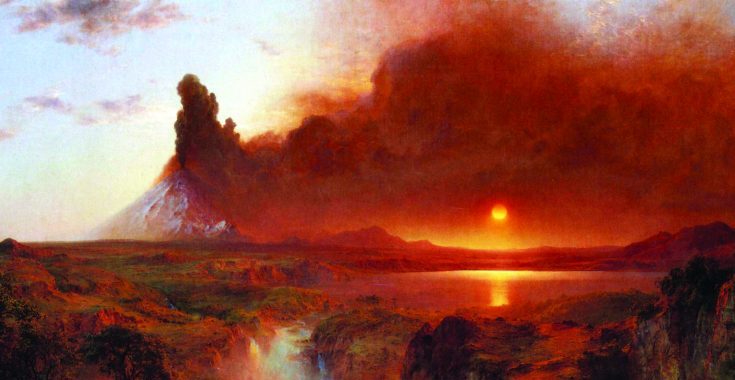
When Mount Tambora (located in a region then known as the Dutch East Indies) erupted in April 1815, this affected not only local populations in Indonesia, but the entire Northern Hemisphere. Pyroclastic flows and a tsunami ensued, resulting in as many as 100,000 deaths on local islands. The volcano also created fine ash particles that were carried by winds around the world, triggering a so-called ‘volcanic winter’: global temperatures dropped as the ash blocked out solar radiation, resulting in severe famines. The global death toll may have reached 200,000, according to the Oeschger Centre for Climate Change Research.
Antioch Earthquake
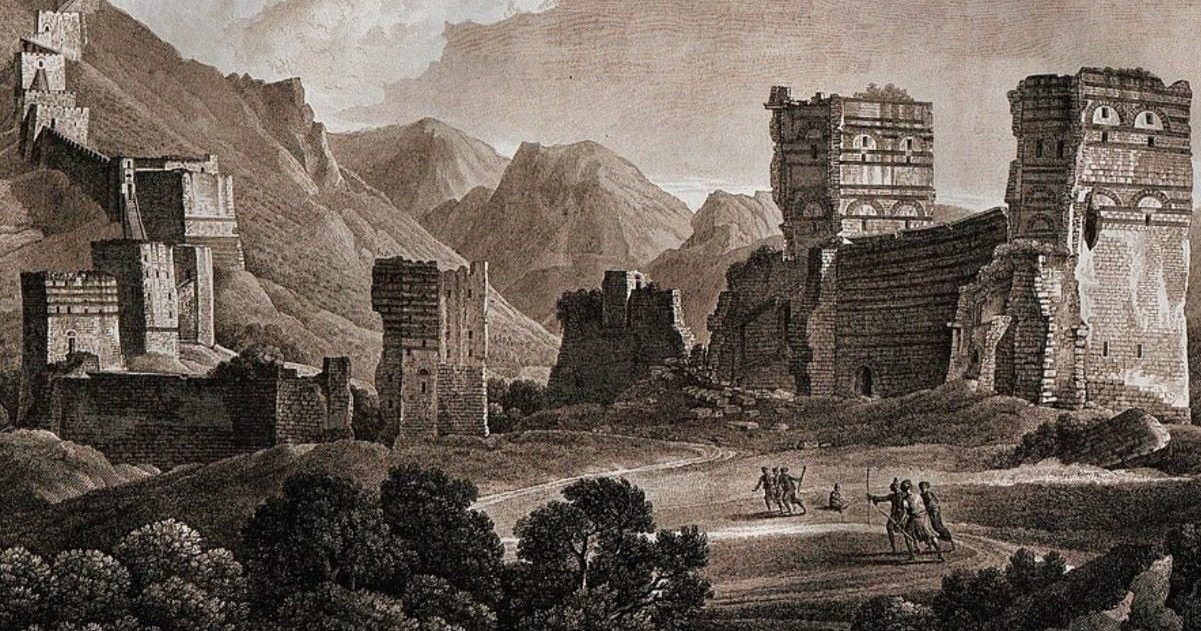
In the year 526, the city of Antioch – which over the years had been ruled by the Ancient Greeks, the Romans and the Byzantine Empire – was devastated by an earthquake. Antioch was close to the Dead Sea Transform, a series of tectonic faults that run from modern-day Turkey to Egypt. One resident described the carnage: “The surface of the earth boiled and foundations of buildings were struck by thunderbolts thrown up by the earthquakes and were burned to ashes by fire, so that even those who fled were met by flames…. In this terror, up to 250,000 people perished.”
1931 China Floods
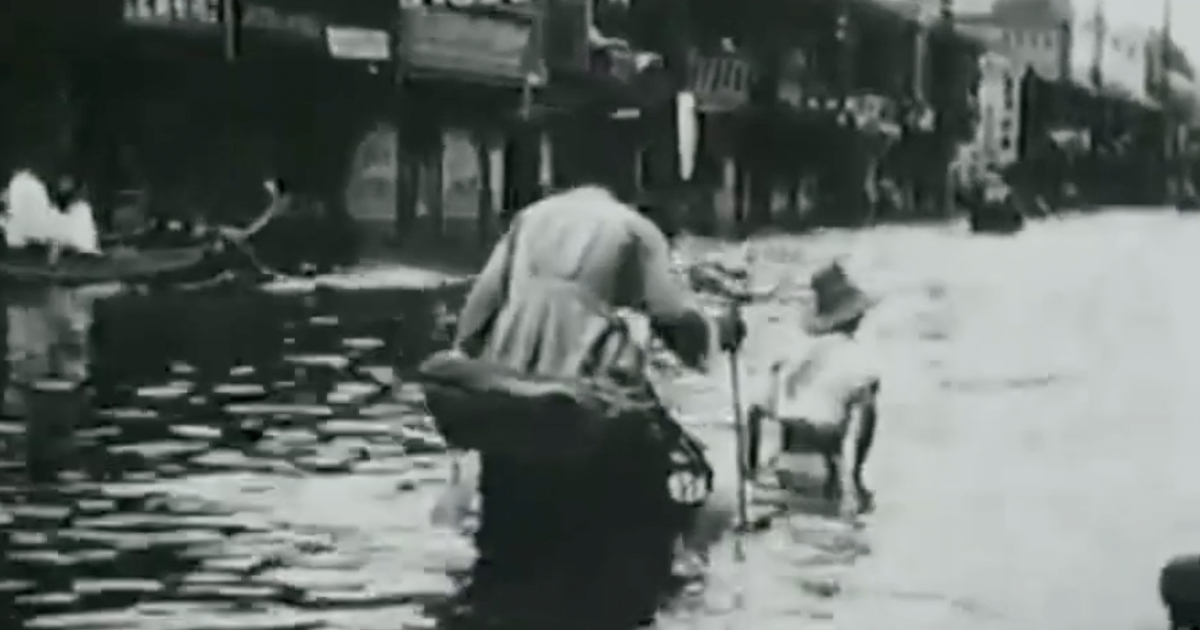
Possibly the deadliest natural disaster in human history, the 1931 China Floods took place along the Yangtze and Huai Rivers. Following two years of droughts, winter 1930 saw an unexpectedly huge volume of snow and ice amass in the mountains. When this all melted in the spring, coupled with heavy rain and cyclones, the valleys of the Yangtze overflowed. Around 150,000 people drowned, and a further 31,974 died from cholera due to ruined sanitation systems. Crops were destroyed, leading to widespread famines and reports of cannibalism. Some historians have estimated that four million people may have been killed, directly and indirectly, by the floods.
Haiti Earthquake
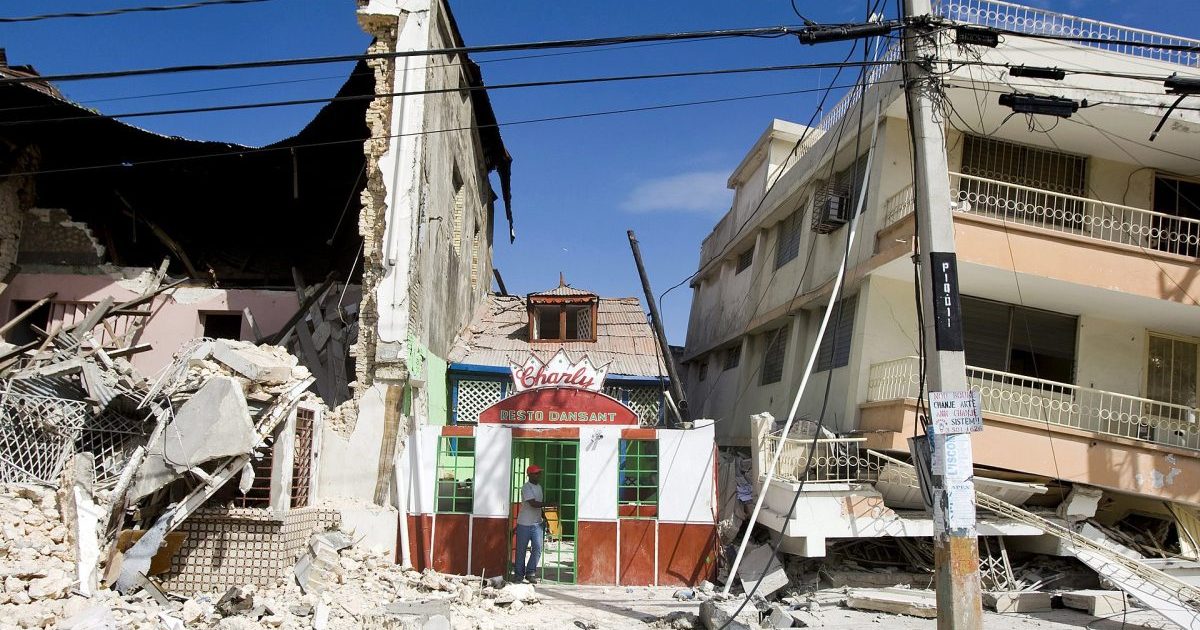
The notorious Haiti Earthquake of 2010 was followed by over 50 devastating aftershocks, making it a particularly destructive force. “Our truck was being tossed to and fro like a toy, and when it stopped, I looked out of the windows to see buildings ‘pancaking’ down, like I have never witnessed,” one eyewitness recalled. “Traffic came to a standstill, while thousands of people poured out into the streets, crying, carrying bodies, looking for anyone who could help them.” The Haitian government has put the death count between 220,000 and 316,000, with over 280,000 buildings destroyed or seriously damaged.
Armero Tragedy
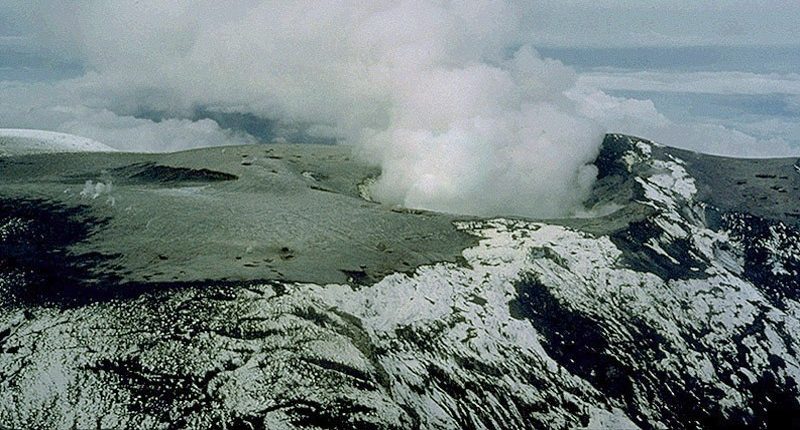
In 1985, the Nevado del Ruiz stratovolcano in Colombia hadn’t erupted in 69 years, so locals were unaware of the danger it posed. In fact, experts were watching it closely and had told the government that an eruption was imminent. Despite this advice, the government didn’t evacuate nearby towns, and two months later the volcano did indeed erupt, with catastrophic lahars (mudflows and landslides) crashing into the town of Armero. 20,000 of the 29,000 inhabitants died, and the public’s anger was extreme. “The volcano didn’t kill 22,000 people, the government killed them,” stated one banner at the mass funeral.
Bhola Cyclone
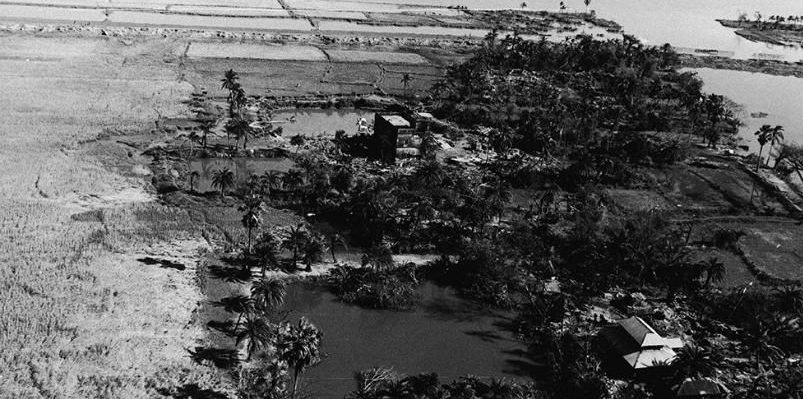
Distinct from a tsunami, a storm surge occurs when low-pressure weather systems like cyclones trigger extreme coastal flooding. In 1970, a tropical cyclone created a storm surge along the coast of Bhola, in what was once East Pakistan (now Bangladesh). With as many as half a million fatalities, it remains the worst tropical cyclone on record. The region of Tazumuddin lost over 45% of its population in the disaster. The cyclone’s aftermath led to general strikes, a change in ruling political party, and ultimately the Bangladesh Liberation War which ended with the creation of a new nation.
2003 European Heatwave
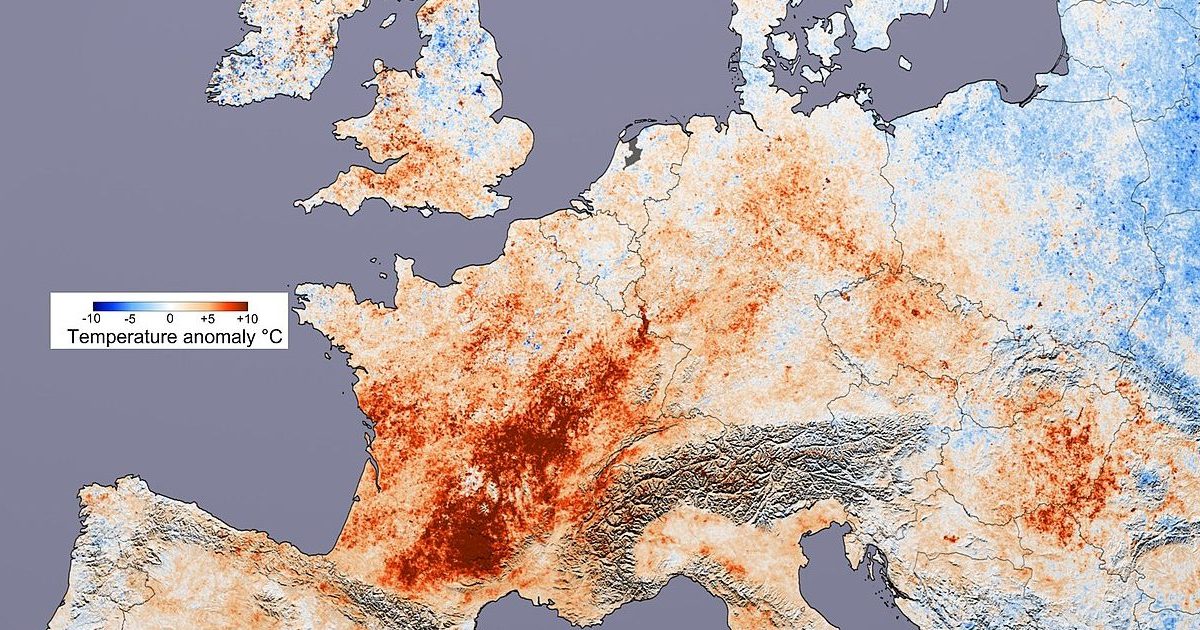
Though a heat wave may not spring to mind when you think of natural disasters, in 2003 Europe lost over 70,000 people during the hottest summer in centuries. France was the worse-affected country, with tens of thousands of elderly people dying from heat-related conditions. Switzerland saw avalanches and flash floods as a result of the unusually high temperatures. Amid droughts, water shortages and impassably depleted rivers, transport was further disrupted by melted road tarmac and buckling railway lines.
2004 Indian Ocean Earthquake and Tsunami
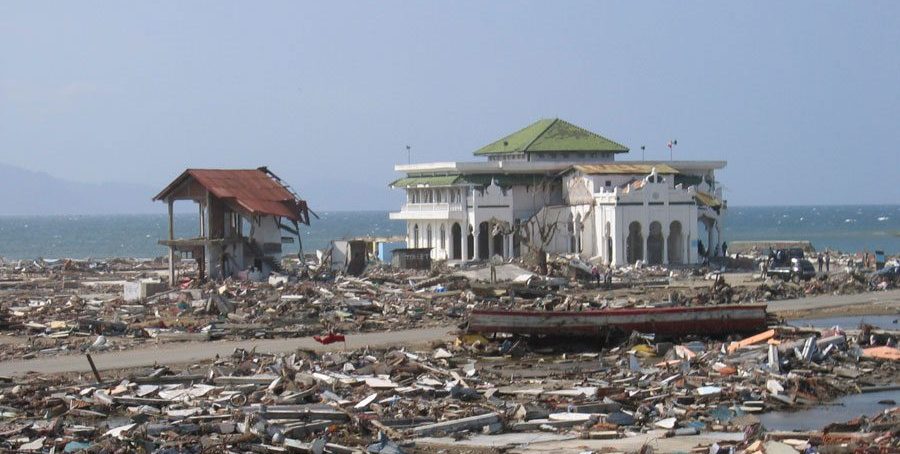
The third-largest earthquake on record took place off the coast of Indonesia, on Boxing Day of 2004. It caused a 30-foot tsunami that killed over 227,000 people and left countless settlements destroyed beyond recognition. One eyewitness described the aftermath in Aceh, a district of Sumatra Island in Indonesia: “The once emerald-green rice paddy-fields of Aceh have become graveyards for thousands of people. Bloated, blackened bodies rise above the water and line the narrow roads. Corpses seem to be everywhere – wedged in piles of wood, between sheets of corrugated iron, and under snapped palm trees.”
Black Monday Hailstorm

On Easter Monday of 1360, during the Hundred Years’ War between England and France, English troops were besieging the French city of Chartres when they were caught in one of the deadliest hailstorms ever reported. “There happened such a storm and violent tempest of thunder and hail, which fell on the English army, that it seemed as if the world was come to an end,” wrote one chronicler. “The hailstones were so large as to kill men and beasts, and the boldest were frightened.” It is estimated that the so-called ‘Black Monday’ hailstorm killed at least 1,000 men.
Galvestone Hurricane
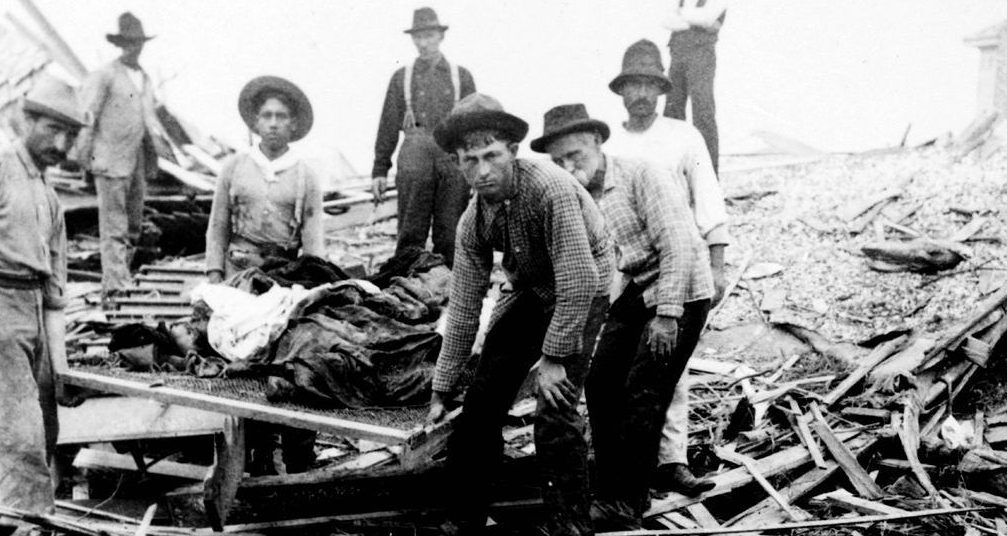
The 1900 Galveston Hurricane took residents of the Texas city unawares. The storm began in the Gulf of Mexico, while Galveston was still enjoying blue skies. When the coastline was thrashed by a 15-foot storm surge and 135 mph winds, over 8,000 people died within the first day. The hurricane triggered further thunderstorms in Florida, Louisiana, the Caribbean and even Canada. As many as 12,000 people may have perished in total, and the storm caused massive destruction of buildings and infrastructure, costing $1.2 billion in today’s money.
1887 Yellow River Flood
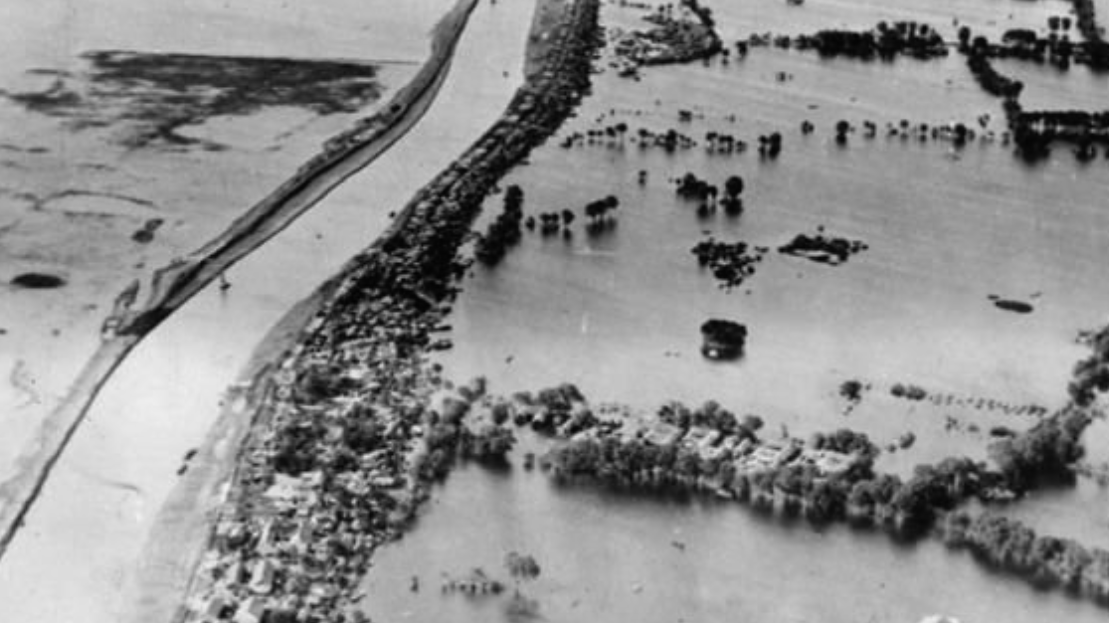
In the centuries leading up to the flood of 1887, farmers had been building dikes along the Yellow River for irrigation purposes, which forced the river to deposit silt in an unusual way, eventually causing its water level to rise. In September 1887, heavy rains caused the already swollen river to overcome the dikes, resulting in massively destructive flooding that claimed an estimated two million lives.
1792 Unzen landslide and tsunami
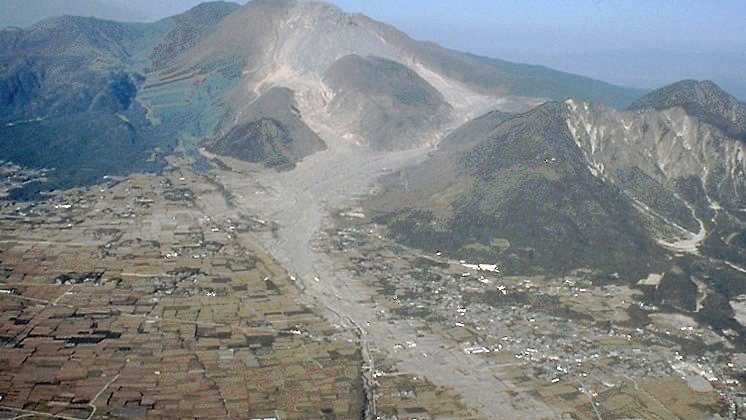
In 1792, Mount Unzen erupted in Japan’s Nagasaki Prefecture, causing part of the Mayuyama dome to collapse. As the resultant landslide crashed into the ocean it generated a megatsunami, which, at its peak, reached around 100 metres in height. This monstrous wave inflicted catastrophic damage on coastal settlements in Higo Province and Shimabara, with the final death toll standing at around 15,000.
Cyclone Nargis
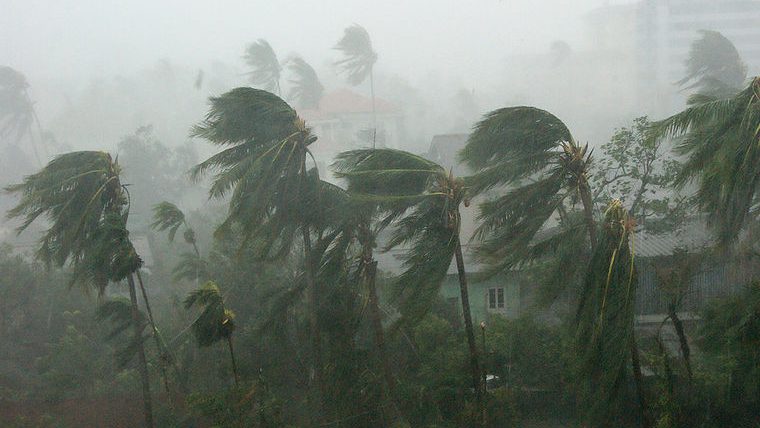
The worst natural disaster to ever befall Myanmar, Cyclone Nargis made landfall on May 2nd, 2008, unleashing 160 kilometre an hour winds and sending a storm surge 40 kilometres up the Irrawaddy Delta. This storm surge is what led to most of the cyclone’s 138,373 casualties, with dense settlements along the Irrawaddy River literally washed away, along with their helpless inhabitants.
1976 Tangshan Earthquake
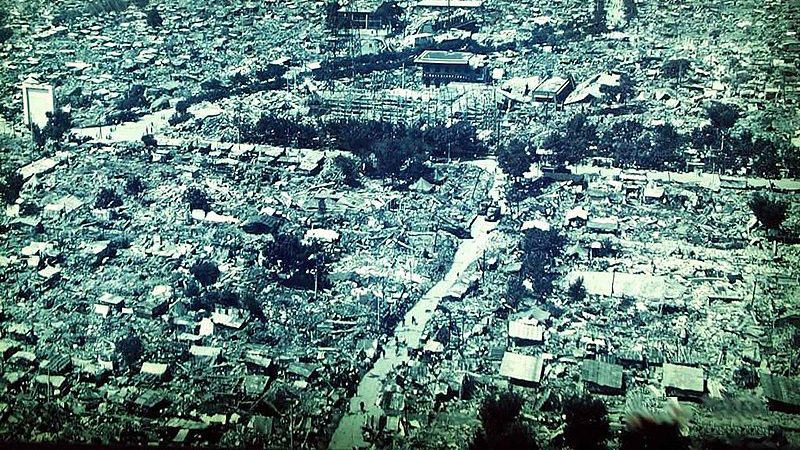
In the early hours of July 28th, 1976, an earthquake that measured 7.6 on the Richter scale devastated the Chinese city of Tangshan. Within minutes, around 85% of the city’s buildings had collapsed, along with almost all of its bridges and tunnels. The initial death toll was estimated at around 240,000, but this number rose to over 300,000 in the following days.
Eruption of Krakatoa
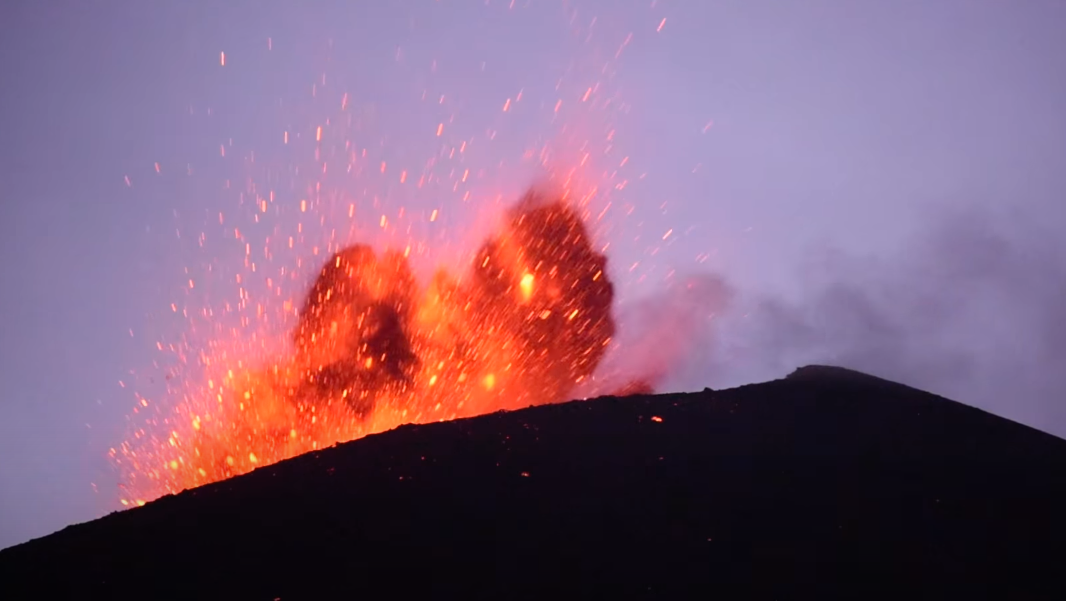
The eruption of Krakatoa lasted for over six months, peaking in intensity on the morning of August 27th, 1883. At least 36,000 deaths have been attributed to the eruption, many of which were caused by the towering tsunami it caused, although once indirect deaths from disruptions to agriculture are factored in the death toll rises to almost 120,000.
St. Lucia’s Flood
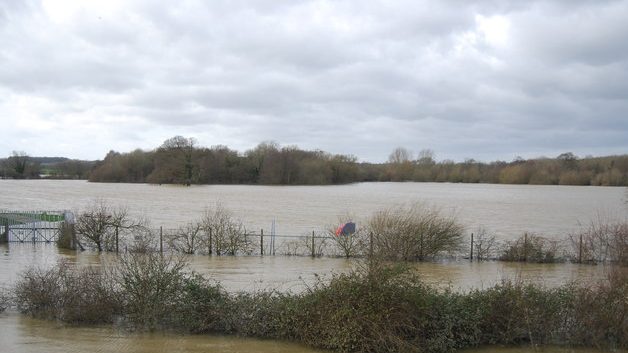
St. Lucia’s Flood was a devastating storm tide that swept across parts of Northern Germany and the Netherlands on December 13th, 1287. The disaster was the result of an aggressive windstorm coinciding with an abnormally high tide caused by a storm surge, and records state that upwards of 50,000 people lost their lives in the flooding.
1839 Coringa Cyclone
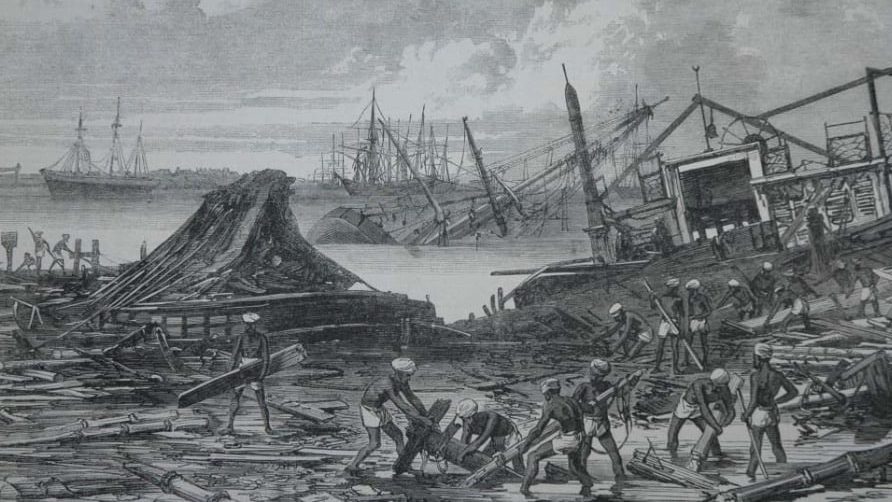
The second deadliest storm in recorded history, the Coringa Cyclone smashed into India’s southeastern coast on November 25th, 1839. The port city of Coringa was hit the hardest, with extreme winds and surging sea levels levelling houses and claiming over 300,000 lives. After the disaster most of the Coringa’s residents left, understandably believing the city to be cursed.
1970 Huascarán debris avalanche
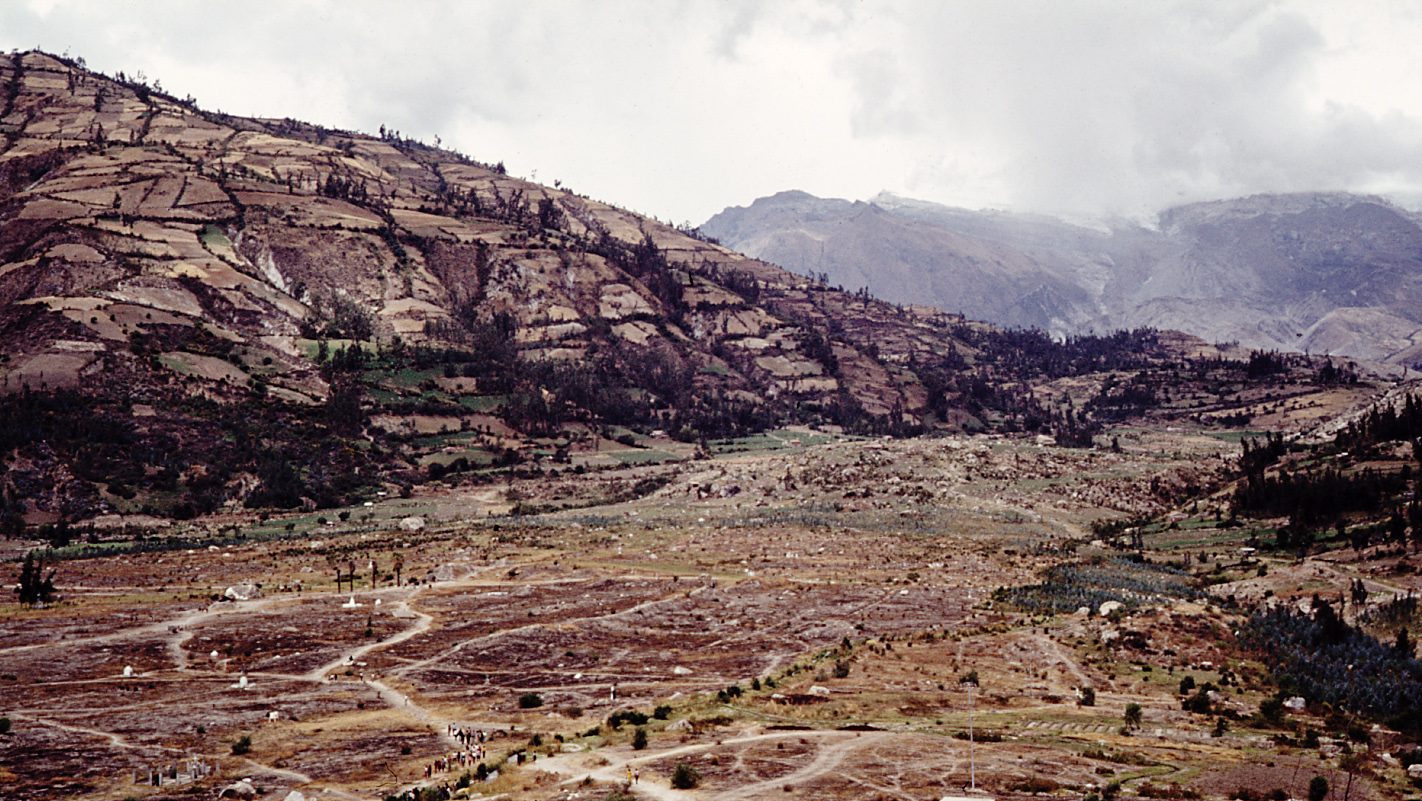
On May 31st, 1970, the undersea Ancash Earthquake triggered a debris avalanche and mudslide that buried 11 Peruvian settlements, most notably Yungay, killing at least 30,000 people. Many of these deaths could likely have been avoided, but the local government, believing the earthquake wouldn’t be severe, refrained from issuing warnings in an effort to avert panic.
1139 Ganja Earthquake
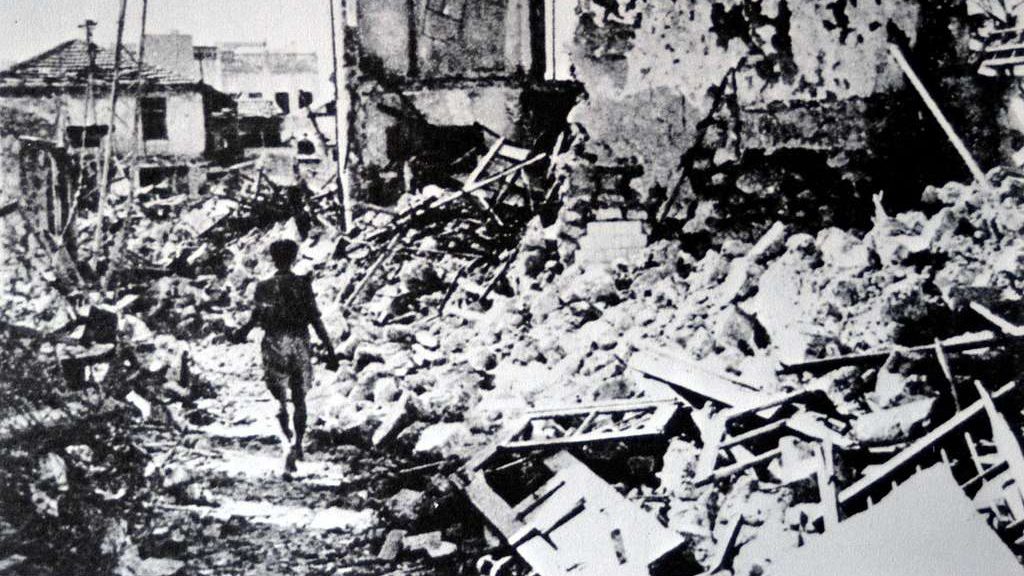
The Ganja Earthquake of 1139 is believed to be one of the most destructive seismic events to occur in the history of mankind. Striking the Seljuk Empire and the Kingdom of Georgia (modern-day Azerbaijan and Georgia), the earthquake is believed to have measured around 7.7 on the Richter scale, and an estimated 300,000 people died as a result of the destruction.
Kursha-2 Fire
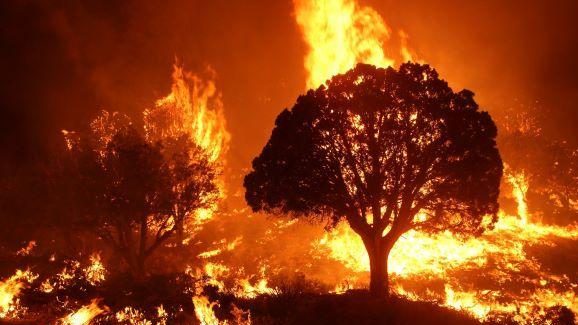
An industrial community in Russia’s remote Ryazan Oblast, Kursha-2 was wiped off the face of the Earth by a firestorm on August 3rd, 1936. The fire is believed to have been started by a dry thunderstorm, and it spread with ferocious intensity. According to one survivor, “the forest was not burning, but exploding.” The inferno claimed well over 1,000 victims, and the lucky few that survived sustained severe burns.
1920 Haiyuan Earthquake
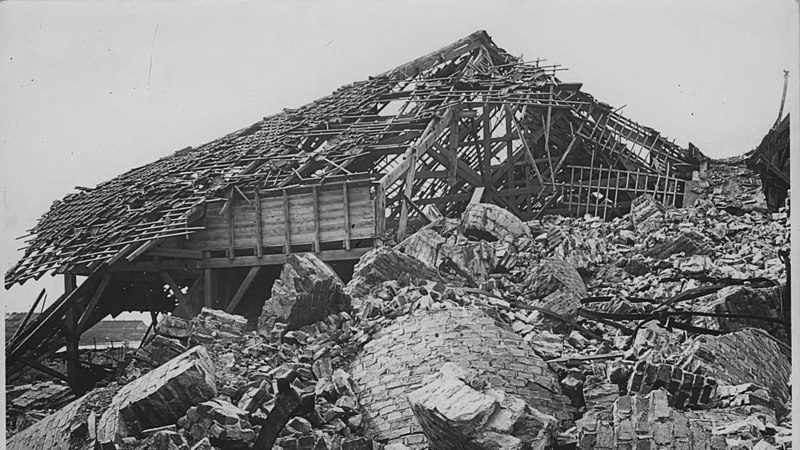
One of the most lethal natural disasters in the history of China, the Haiyuan Earthquake took place on the evening of December 16th, 1920. The violent seismic activity reduced cities to rubble and triggered landslides that buried entire villages, with the final death toll standing at around 273,000.
1737 Calcutta Cyclone
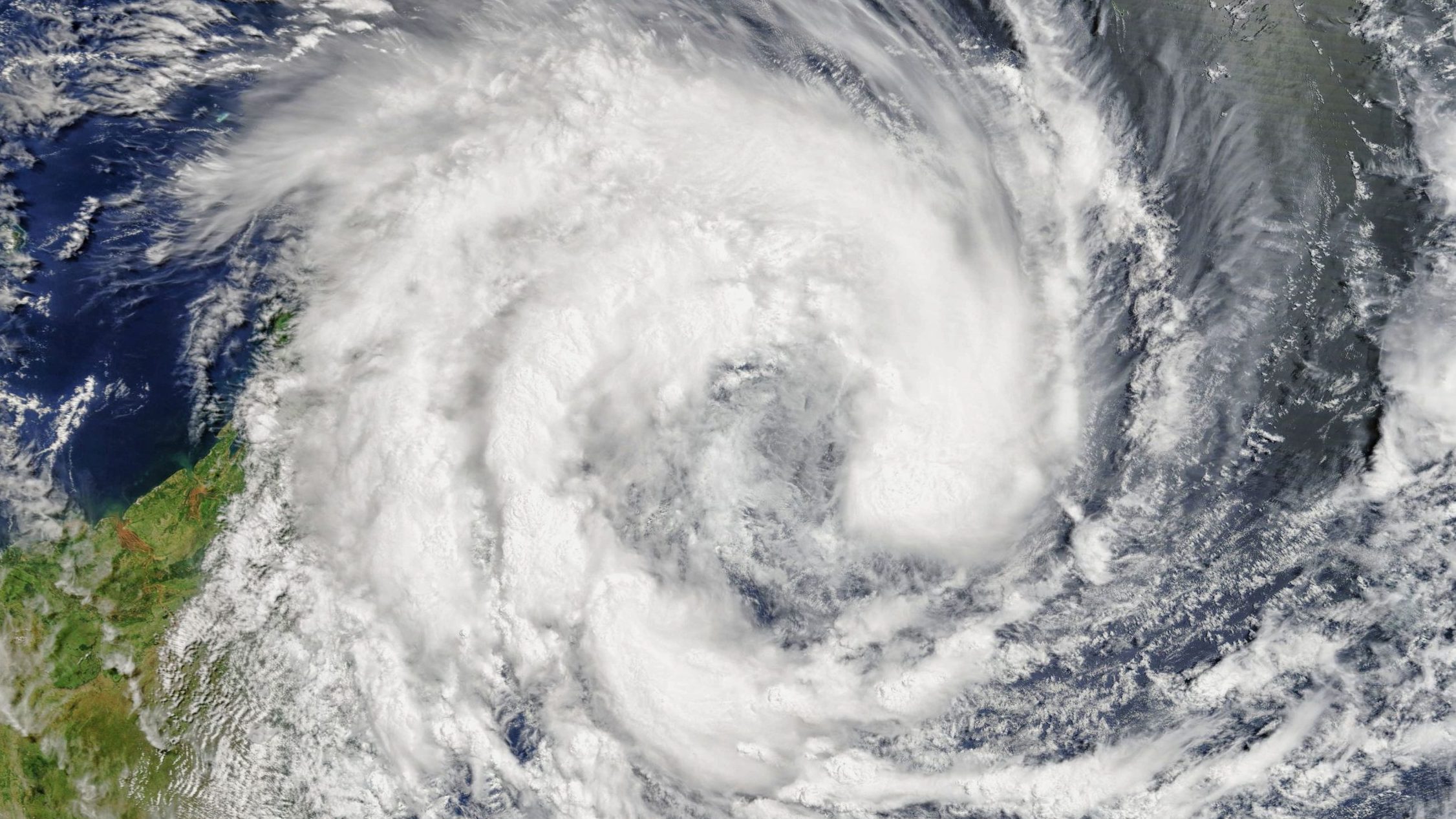
The first super cyclone recorded in the North Indian Ocean, and still one of the most deadly, the Calcutta Cyclone ripped through Indian coastal regions on the morning of October 11th, 1737. In addition to the devastation caused by the raging winds, an enormous storm surge engulfed around 20,000 ships moored in harbours, and over 300,000 people drowned or were crushed by falling buildings.
1908 Messina Earthquake
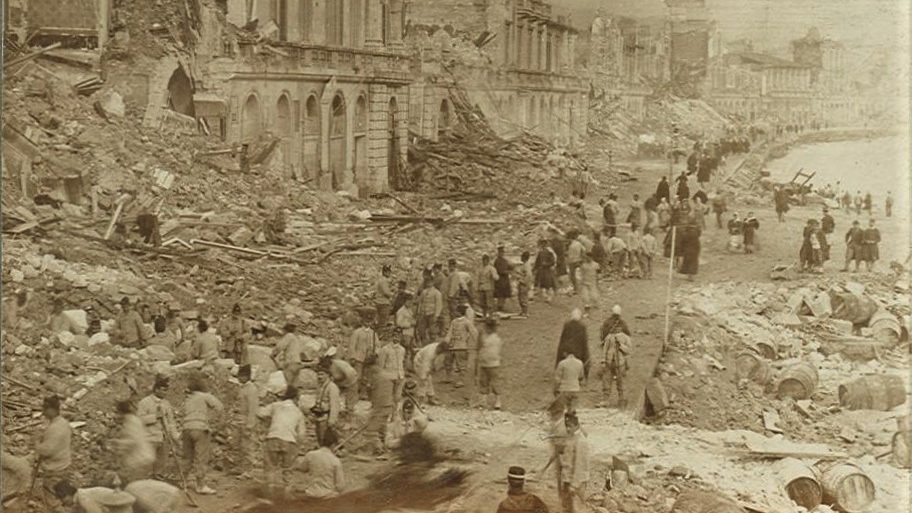
On December 28th, 1908, underwater seismic activity along the Straight of Messina triggered a violent earthquake that lay waste to the Sicilian cities of Messina and Reggio Calabria. At its peak, the earthquake clocked in at 7.1 on the Richter scale, making it the most powerful seismic event recorded in Europe. Between 75,000 and 82,000 people lost their lives in the ensuing carnage.
Daulatpur–Saturia Tornado
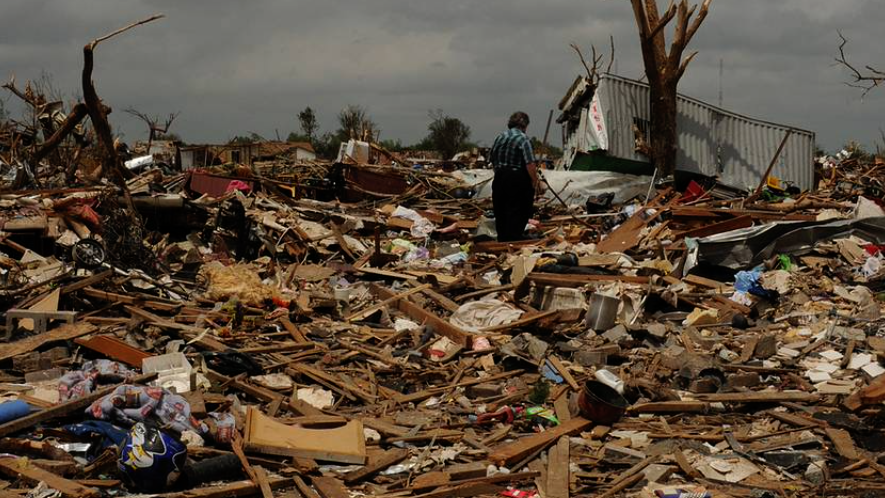
Striking Bangladesh’s Manikganj District on the morning of April 26th, 1989, the Daulatpur–Saturia Tornado unleashed wind speeds of up to 418 kilometres per hour, wreaking death and destruction on everything in its path. The estimated death toll of 1,300 makes it the deadliest tornado in history, by a comfortable margin.
Peshtigo Fire
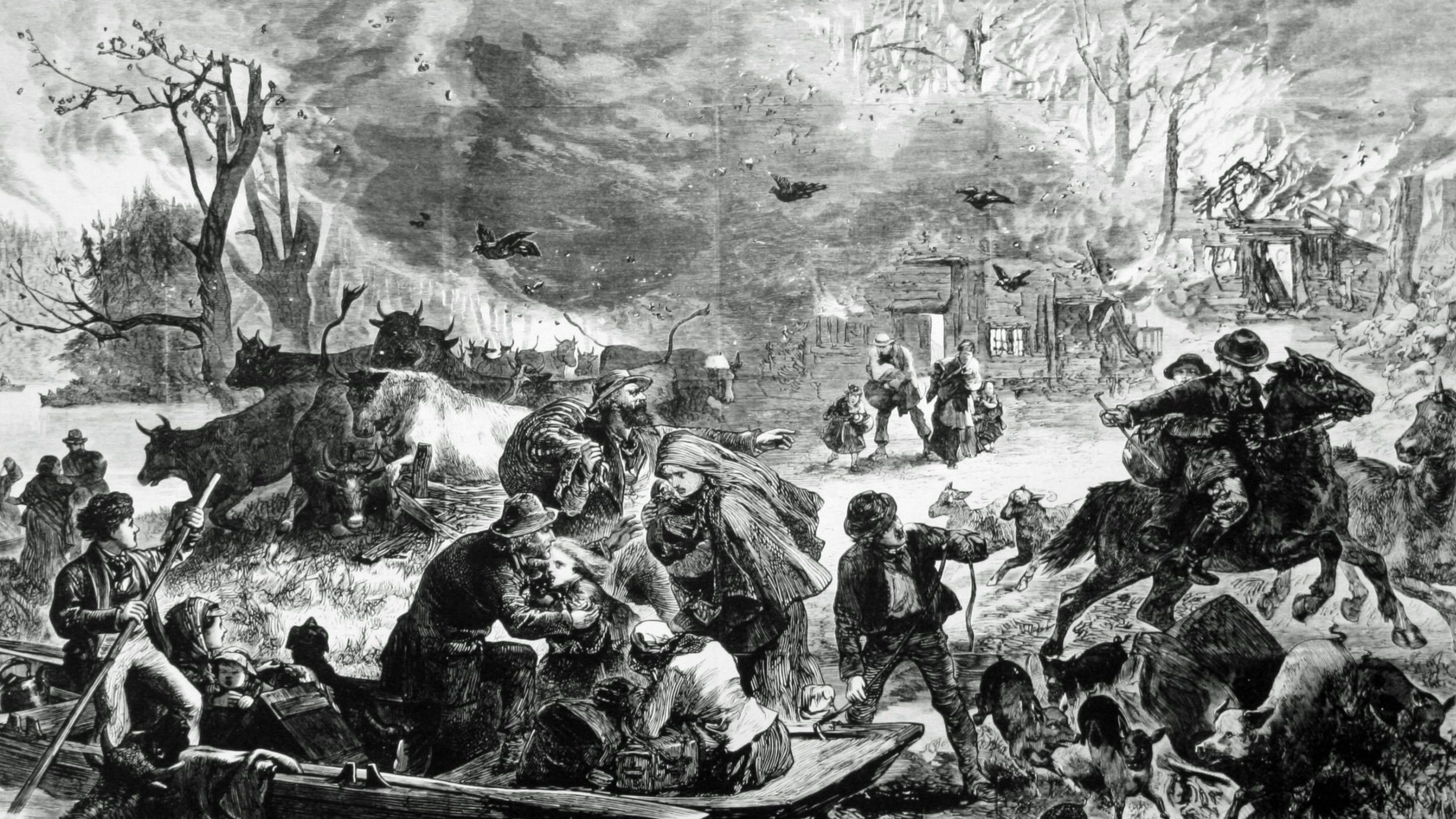
The Peshtigo Fire raged through the large forests of northeastern Wisconsin throughout October 8th, 1871. The blaze spread with terrifying speed, burning up to one and a half million acres of land in a single day and leaving around 2,500 charred corpses in its wake. It remains the deadliest wildfire in recorded human history.
1912 China Typhoon
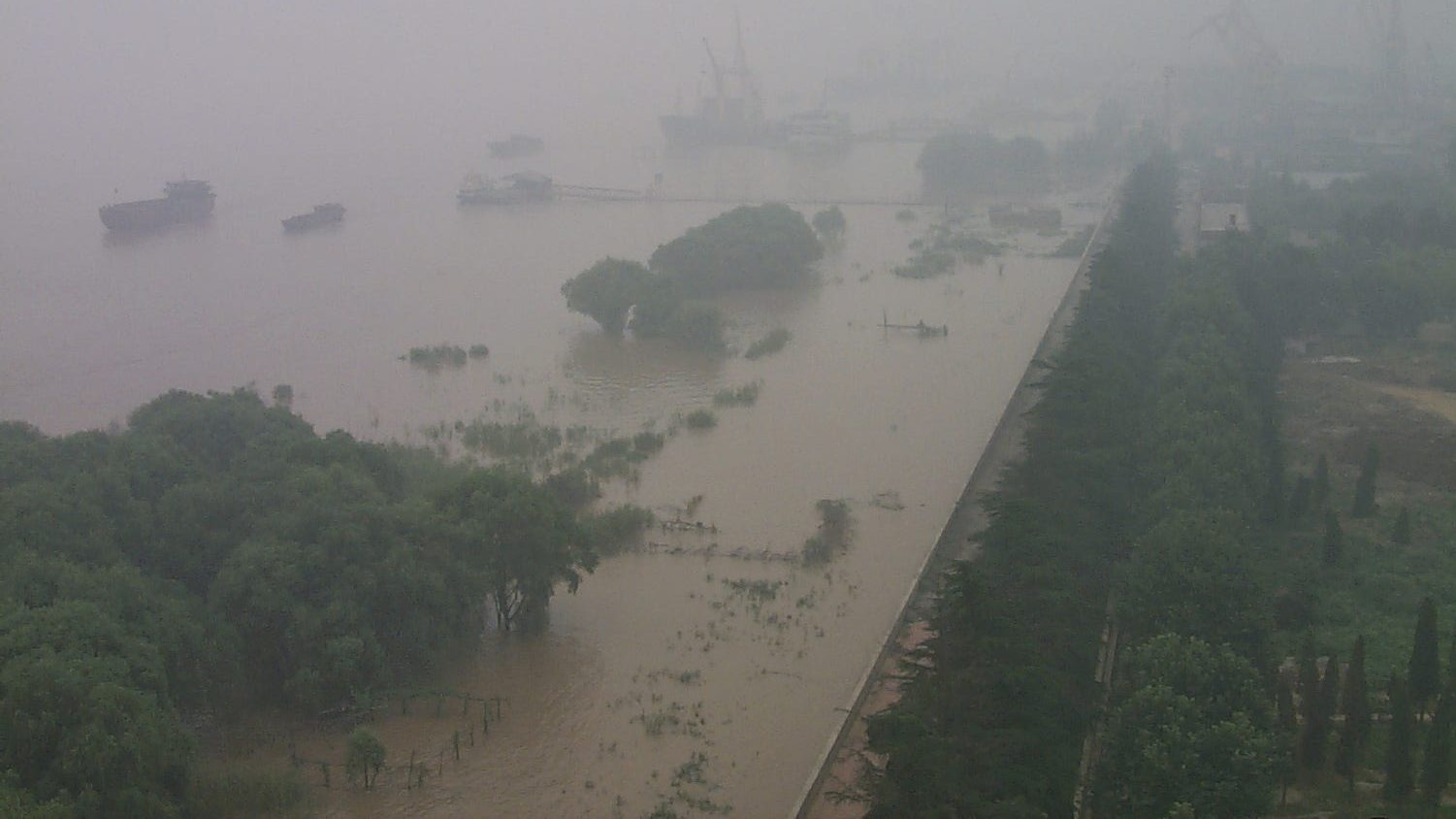
One of the most powerful storms ever recorded, the 1912 China Typhoon battered the Chinese coast with violent winds and torrential rain. In addition to causing severe damage to coastal settlements, the typhoon also resulted in widespread flooding that drowned tens of thousands and displaced countless others.
1303 Hongdong Earthquake
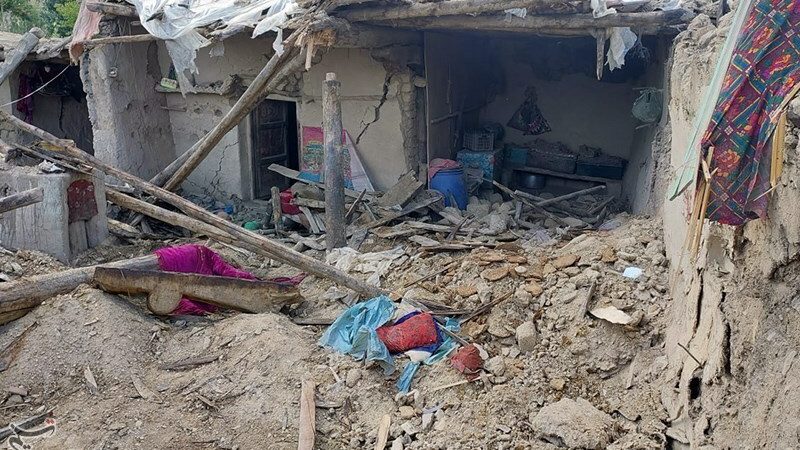
The Hongdong Earthquake struck the Yuan region of the Mongol Empire (modern day China) in 1303, flattening a number of cities and towns. While it’s impossible to know the exact death toll, records from the time put it at around 200,000, which is astonishing considering the fact that population densities were far lower at the time.
1991 Bangladesh Cyclone
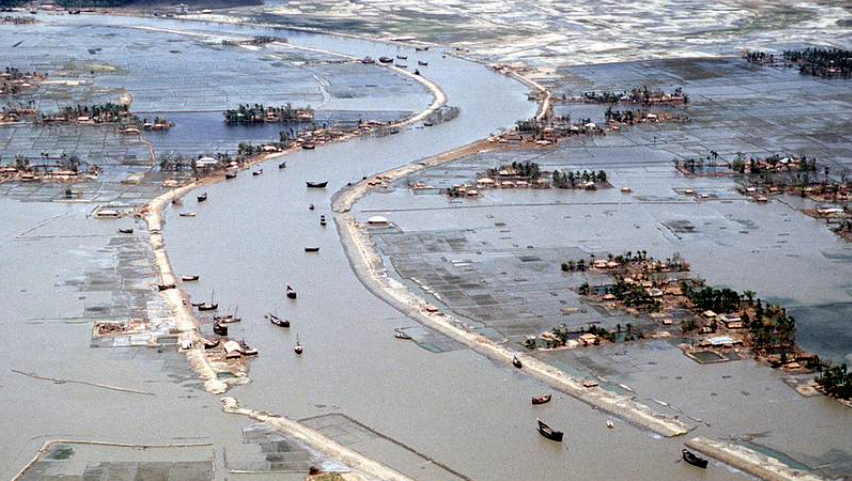
The 1991 Bangladesh Cyclone remains one of the most extreme meteorological events recorded in India. Although the fastest winds only lasted for around three minutes, that was more than enough to cause widespread chaos and generate a six metre storm surge that drowned almost 140,000 people in coastal settlements throughout the Bay of Bengal.
1786 Kangding-Luding earthquake
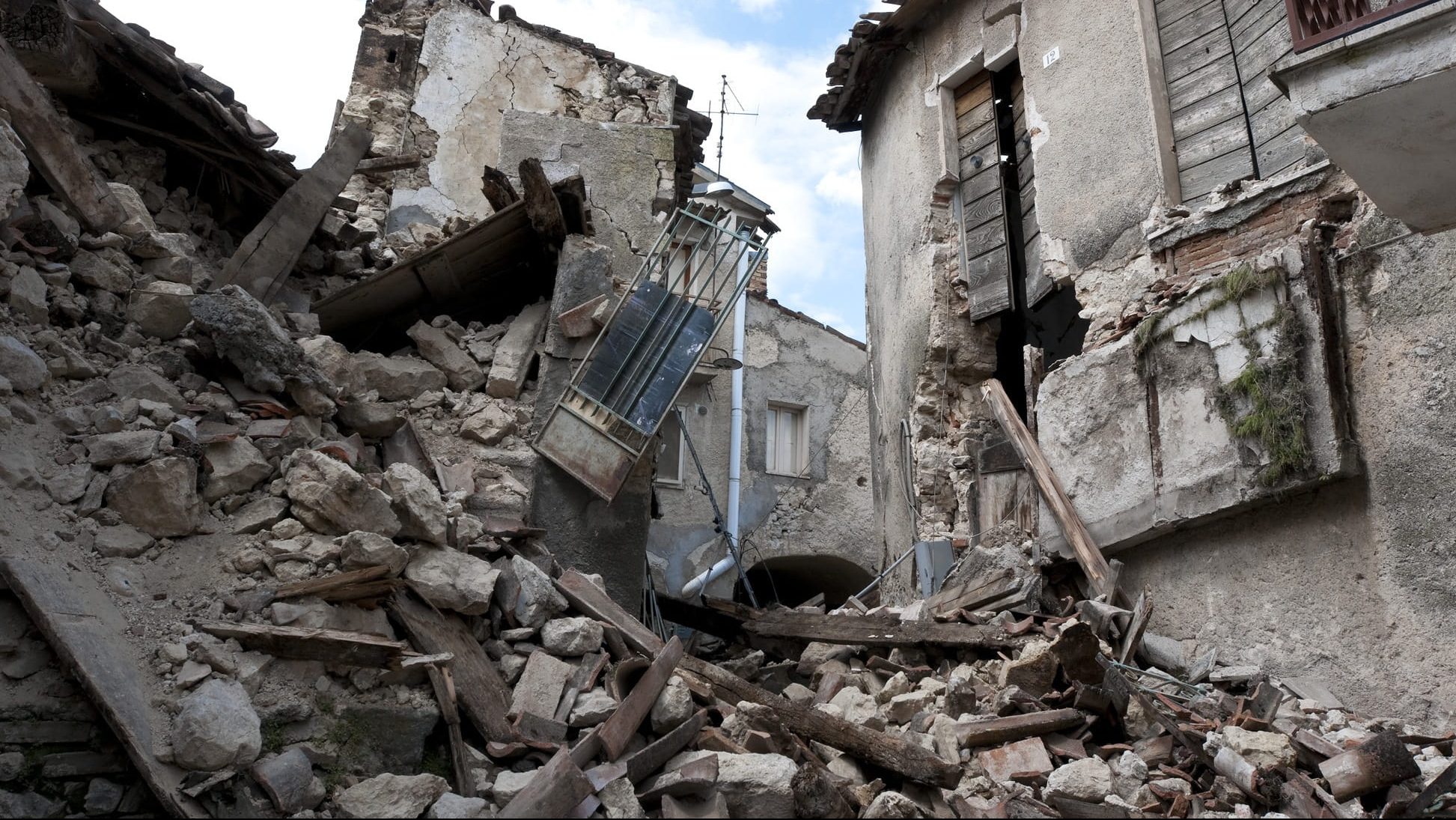
Measuring a massive 7.75 on the Richter scale, the Kanging-Luding Earthquake was initially most notable for its miraculously low death toll, with only around 435 people losing their lives during the initial shockwaves. Tragically, the earthquake’s body count rose precipitously ten days later, when an aftershock caused a landslide dam across the Dadu River to burst, killing a further 100,000 people.
Lake Nyos Disaster
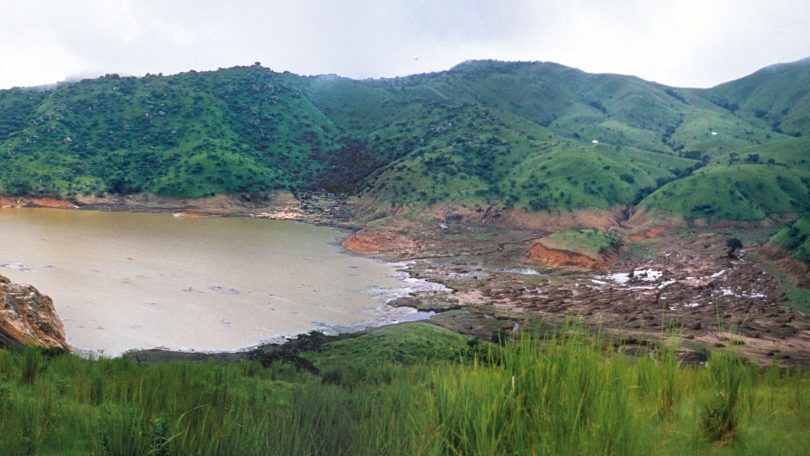
On August 21st, 1986, around 300,000 tons of carbon dioxide were abruptly released from Cameroon’s Lake Nyos, asphyxiating around 1,750 people and 3,500 livestock in a 25 kilometre radius. After the disaster, the lake’s waters turned a sinister shade of red, and scientists are still unsure of what exactly triggered the lethal eruption of gas.
1975 Banqiao Dam failure
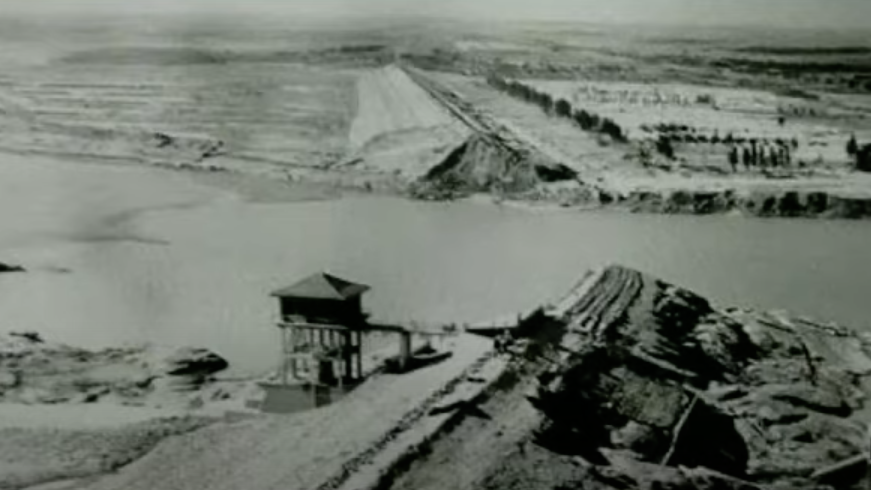
In August 1975, Cyclone Nina carved a path of destruction through Henan Province, China, causing 61 dams – including the towering Banquiao Dam – to catastrophically fail. The ensuing flooding submerged an area of 12,000 square kilometres, drowning up to 240,000 victims. Around five million houses were also destroyed by the surging waters, leading to an exodus of desperate refugees.
Eruption of Mount Vesuvius
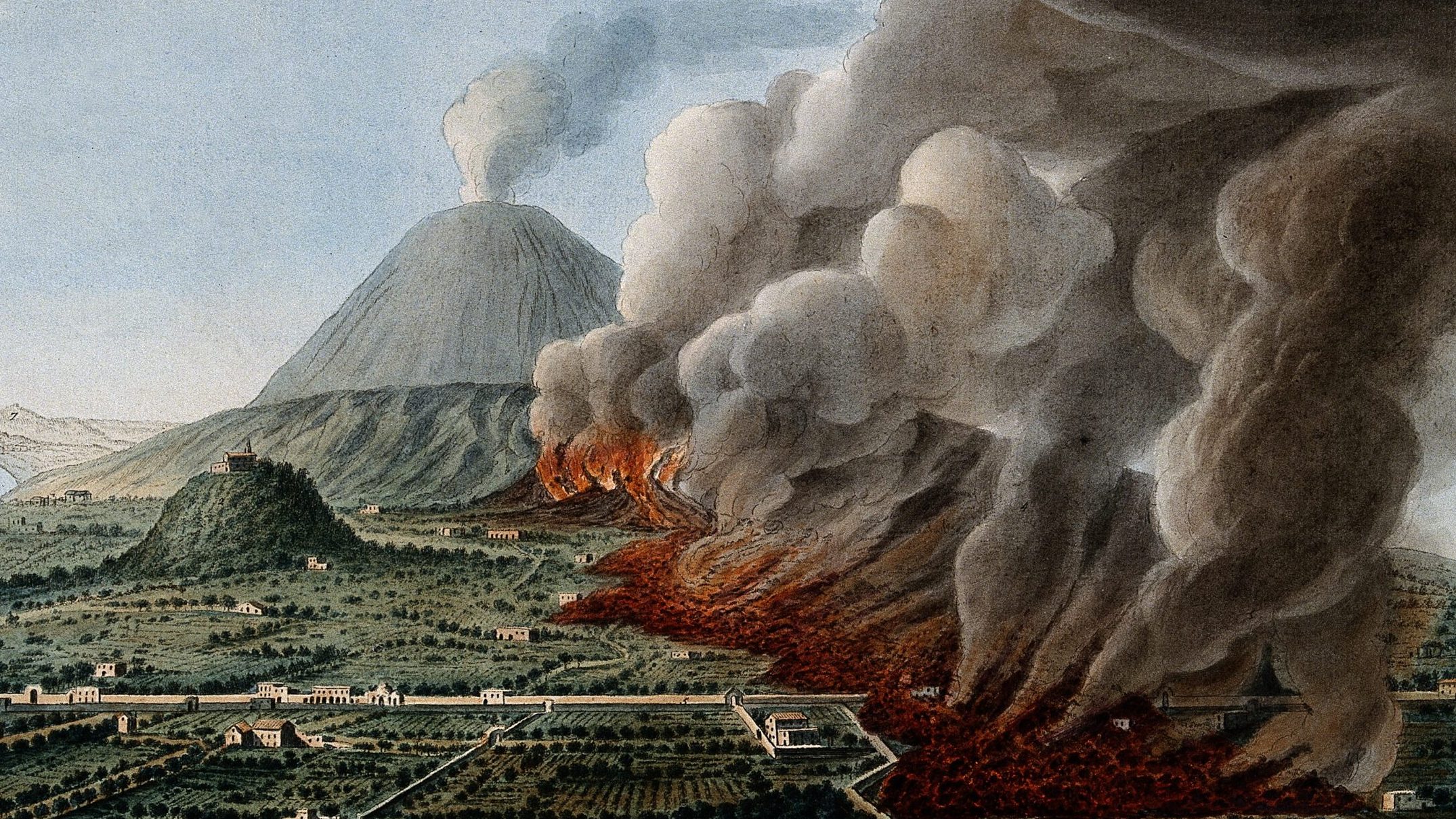
Arguably the most famous volcanic eruption of all time, the Eruption of Mount Vesuvius occurred sometime in the autumn of 79AD. Along with several smaller settlements, the Roman city of Pompeii was buried beneath pyroclastic surges and ashfall deposits, with unfortunate residents killed by heat so intense it would have vaporised their blood.
1972 Iran Blizzard
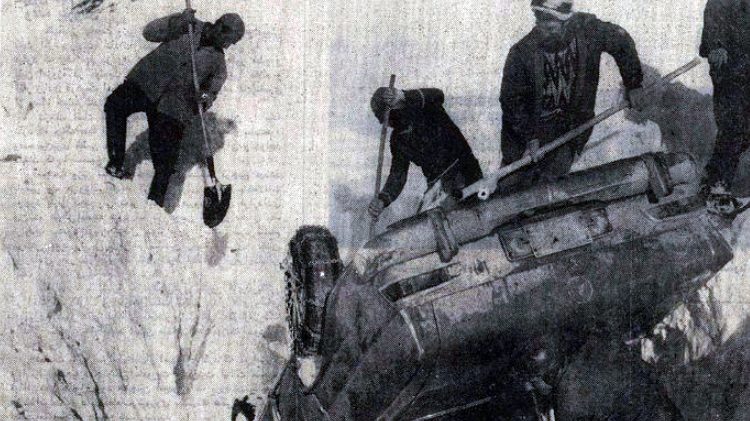
Recorded as the deadliest blizzard in history by the Guinness Book of World Records, the 1972 Iran Blizzard lasted for almost an entire week of February that year. During the blizzard, more than three metres of snow were dumped on rural areas of Iran, burying at least 4,000 helpless villagers and permanently erasing around 200 settlements from the map.
1138 Aleppo Earthquake
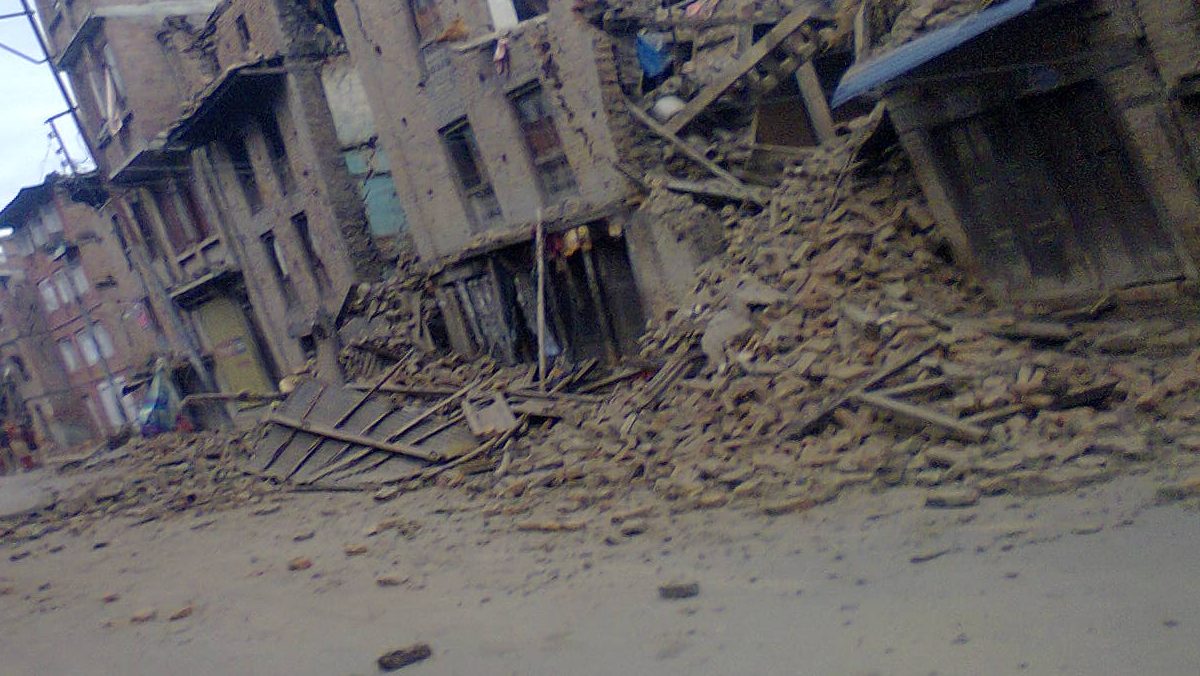
The 1138 Aleppo Earthquake is often listed as the third most deadly earthquake in human history, with an estimated death toll of 230,000. The earthquake struck in the early hours of October 11th, reducing much of the Syrian city of Aleppo and a number of surrounding settlements to little more than dust and rubble.
St. Felix’s Flood

After the devastating flooding that submerged large swathes of Belgium and The Netherlands on November 5th, the day, which had previously been known as St. Felix’s Day, became known by another name: Evil Saturday. At least 100,000 people drowned during the flooding, and entire towns were washed away.
1931 Yangtze River Flood
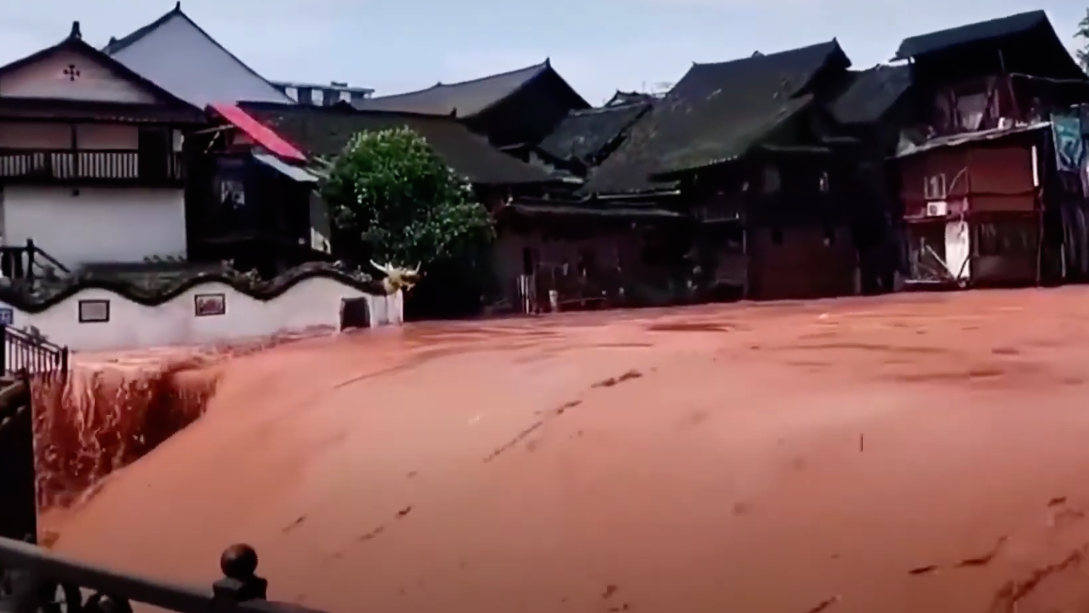
The 1930s were a tough decade for China, marked by famine, social turmoil, and lots of natural disasters. Coming four years after the most deadly flood in history killed up to four million Chinese citizens, the 1931 Yangtze River Flood claimed a more modest 145,000 lives, although it also exacerbated the existing famine and caused a refugee crisis.
2010 Russian Heatwave

The 2010 Russian Heatwave culminated in a series of wildfires that devastated vast swathes of forest in the country’s western regions. Although the fires themselves didn’t claim many lives, the heatwave that led to them killed an estimated 56,000 people, mostly affecting the elderly and vulnerable and placing an enormous strain on Russia’s healthcare system.
856 Damghan Earthquake
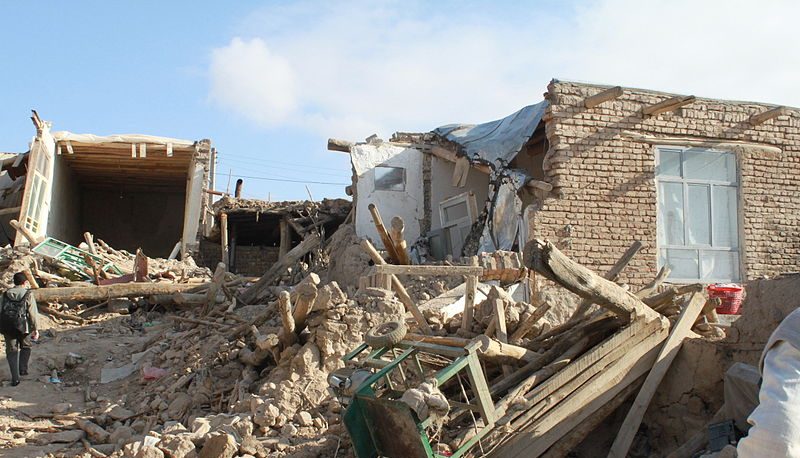
Although its exact death toll is debated, most scholars agree that the Damhhan Earthquake of 856 claimed around 200,000 lives, making it the sixth deadliest earthquake in human history. The quake struck the Persian Empire, close to the city of Damghan, and its area of maximum damage extended for a staggering 350 kilometres.
1902 Eruption of Mount Pelée
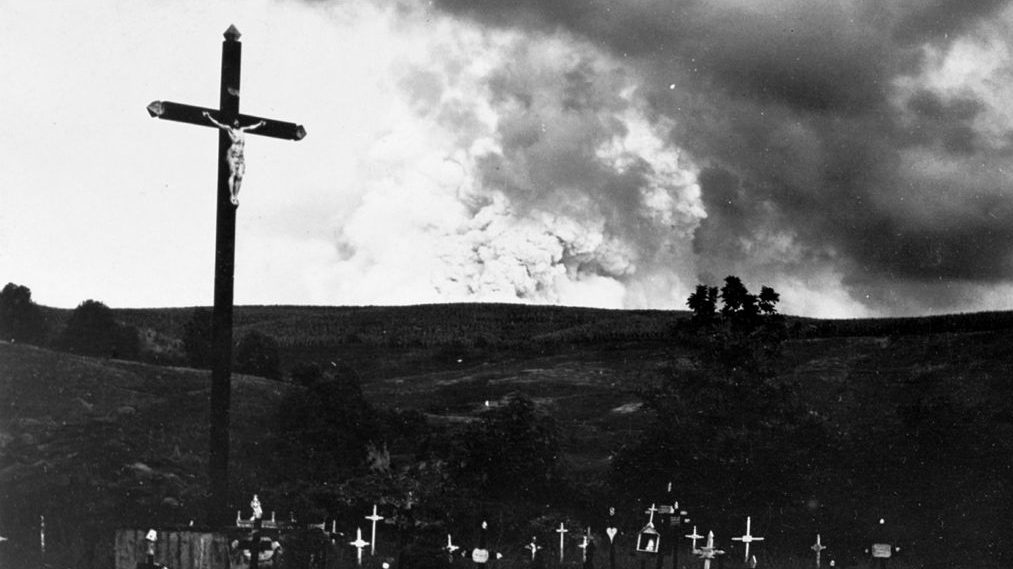
The 1902 eruption of Mount Pelée holds the grisly record for the third deadliest volcanic eruption in human history, with a death toll of around 30,000. The volcano erupted continuously on the island of Martinique for several days beginning April 23rd, causing lethal mudflows that buried nearby settlements and tsunamis that ravaged coastlines for hundreds of miles.
1755 Lisbon Earthquake

The 1755 Lisbon Earthquake almost entirely destroyed the Portuguese capital and led to a period of great unrest in the Portuguese Empire. The earthquake’s epicentre was in the Atlantic Ocean, about 290 kilometres southwest of Lisbon, and it generated towering tsunamis that overwhelmed the city and killed upwards of 40,000 people.
1975 Typhoon Nina

The deadly tropical typhoon Nina formed on July 30th, 1975, and struck the Henan province of China in August. The tropical cyclone then destroyed Banqiao Dam on the Yellow River, creating mass flooding that took the lives of up to 150,000 people due to famine and water contamination that happened as result of the flooding.
1923 Tokyo Yokohama Earthquake
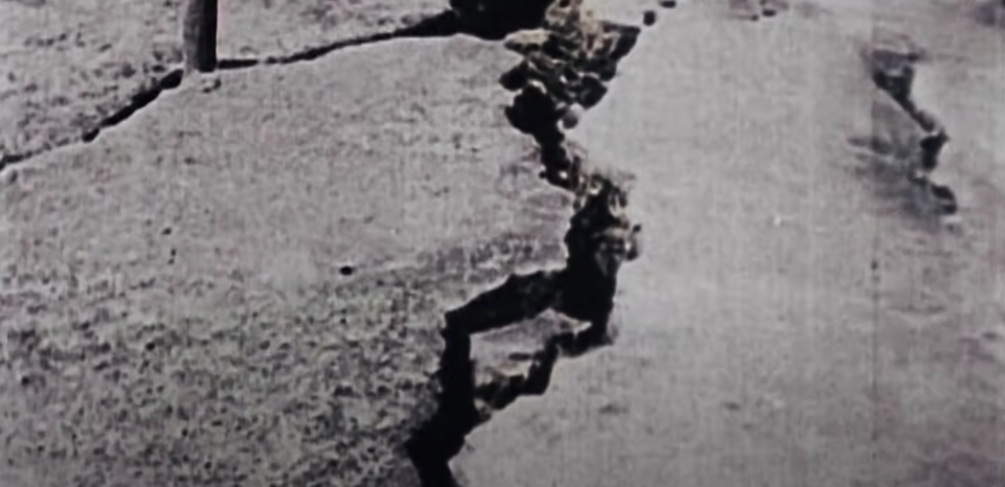
On September 1st, 1923, an earthquake of magnitude 7.9 hit the Tokyo Yokohama metropolitan area. An earthquake of this magnitude only happens a handful of times a year and can cause absolute carnage, as happened in Japan. It’s thought over 140,000 died, largely from the result of fires that were caused by the quake and a tsunami in the city of Atami.
2005 Kashmir Earthquake
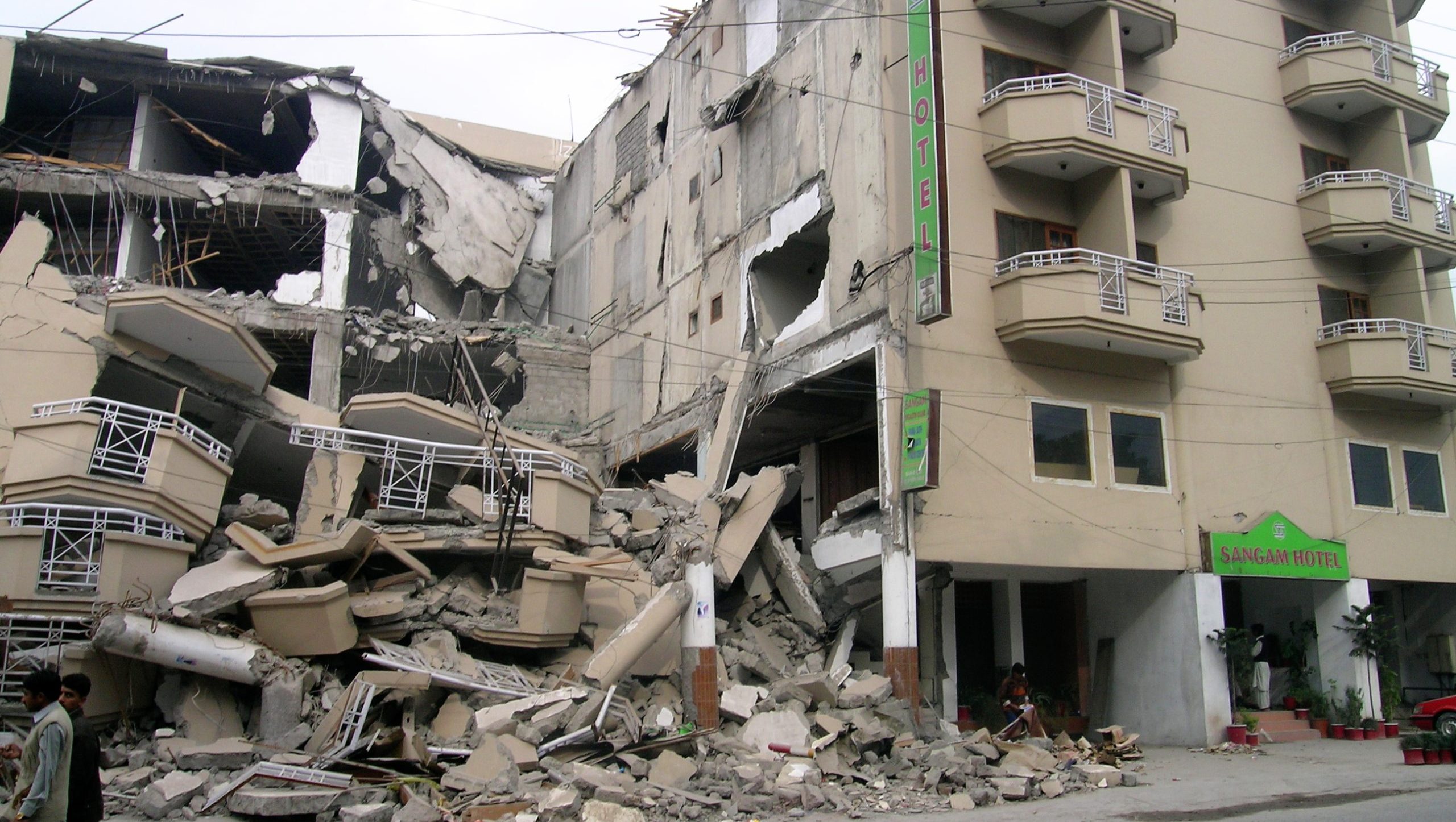
An earthquake of 7.6 magnitude hit the area of Kashmir, and the effects spread through the Pakistan-administered region of Kashmir, Pakistan, India, and Afghanistan. The initial effects were disastrous but rescue attempts were hampered by the multiple aftershocks that struck the region, killing and injuring more people.
2008 Sichuan Earthquake
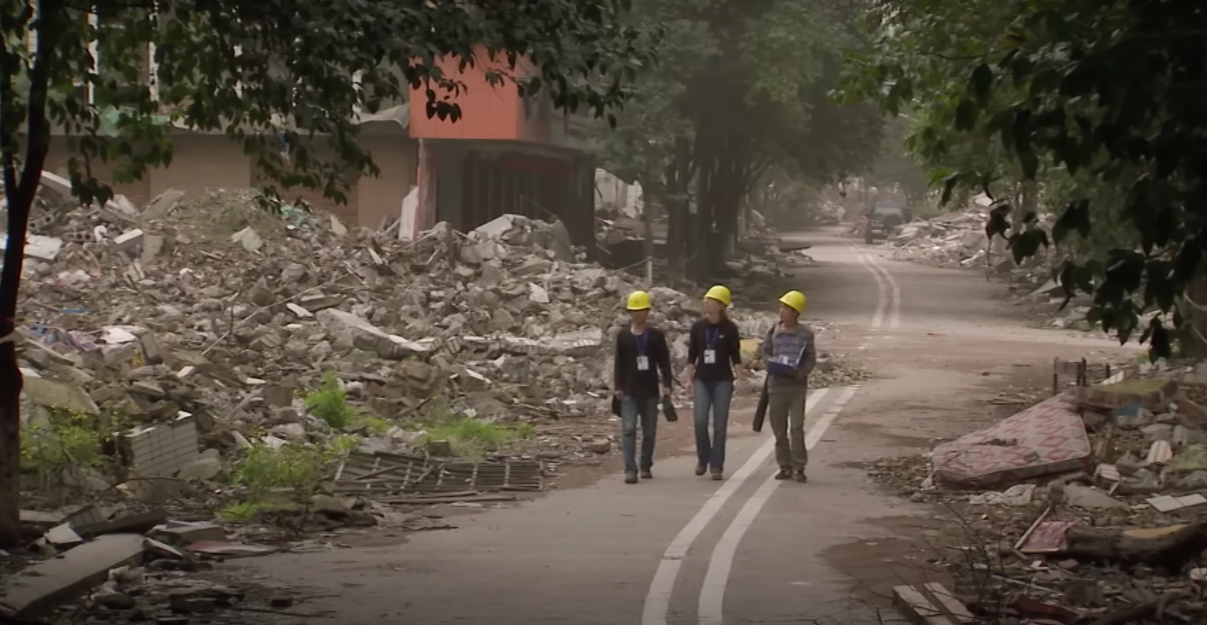
The 2008 Sichuan Earthquake was the most damaging earthquake since the 2004 tsunami. A magnitude of 8 (only one or two earthquakes a year are this severe) and triggering landslides, and caused at least 69,000 known deaths, but it’s assumed that there was more due to the thousands of people listed as missing since the event.
2019/2020 Australian Wildfires
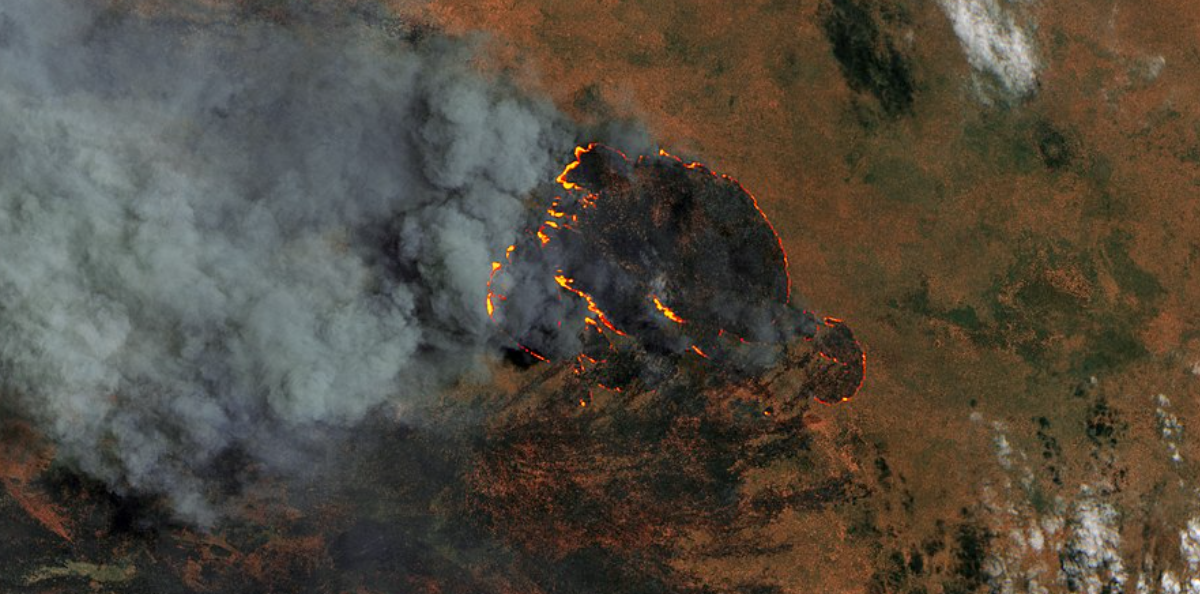
Back-to-back with the rise of teh deadly Covid-19 pandemic in early 2020, the attention of the world was focused on Australia due to vicious wildfires that burnt through the forests of the Southeast. It’s thought that climate change has made the risk of wildfire much worse, but scientists believe lightning may have caused some of these fires.
2017 Hurricane Maria
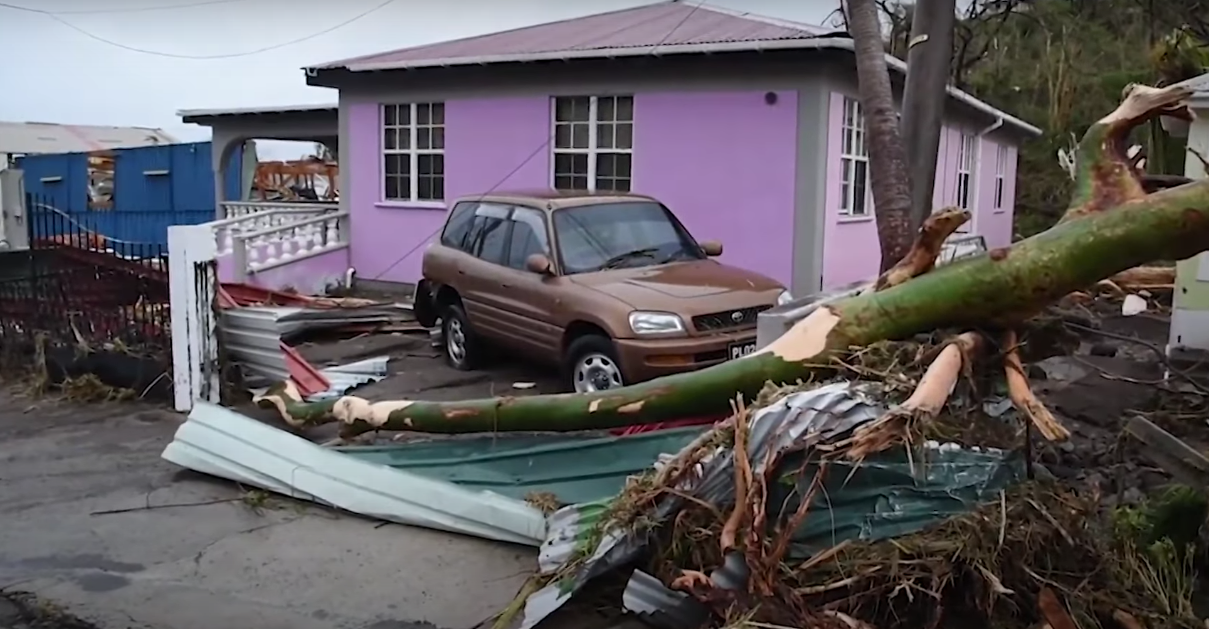
The deadliest US-based natural disaster in the last century hit Puerto Rice in 2017 when a category-five hurricane devastated the Caribbean. It caused over 3,00 fatalities, devastated infrastructure, caused around $90,000,000 in damages, and lead to long-lasting illness and death in the communities affected by the extreme natural disaster.
2023 Turkey/Syria Earthquake
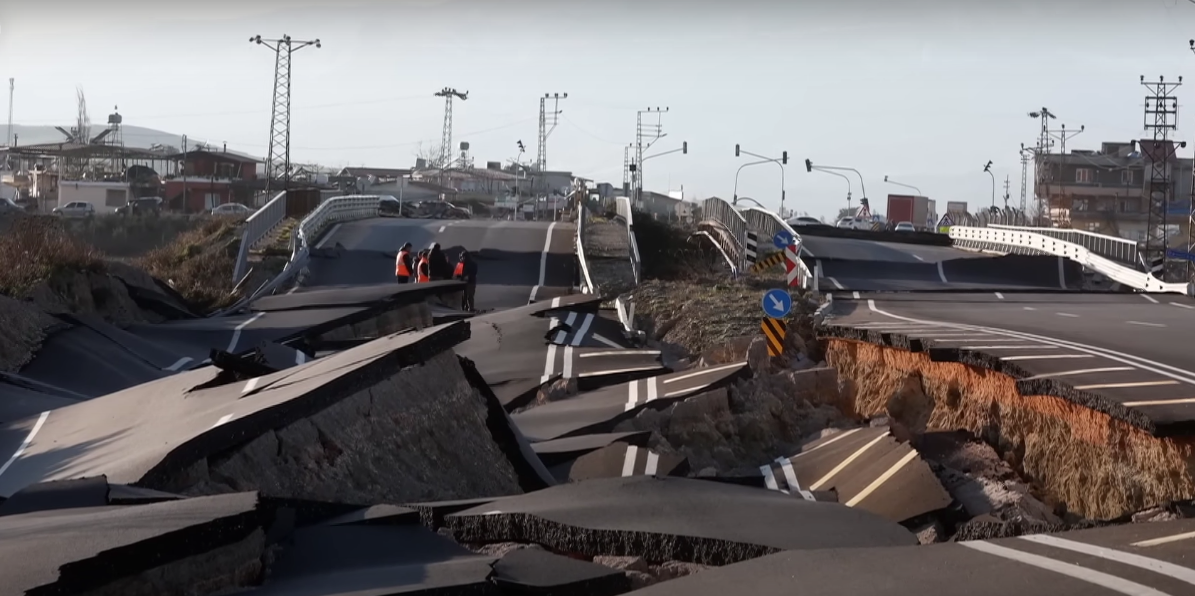
Syria has been devastated in recent years, due to the civil war which has seen half a million killed. This made the effects of the 2023 earthquake even more catastrophic. The strongest earthquake to hit Turkey since the Erzican earthquake in 1939, it displaced almost two million people in Turkey and Syria, with the quake and aftershocks leading to 50,000 confirmed deaths.
1556 Shaanxi Earthquake
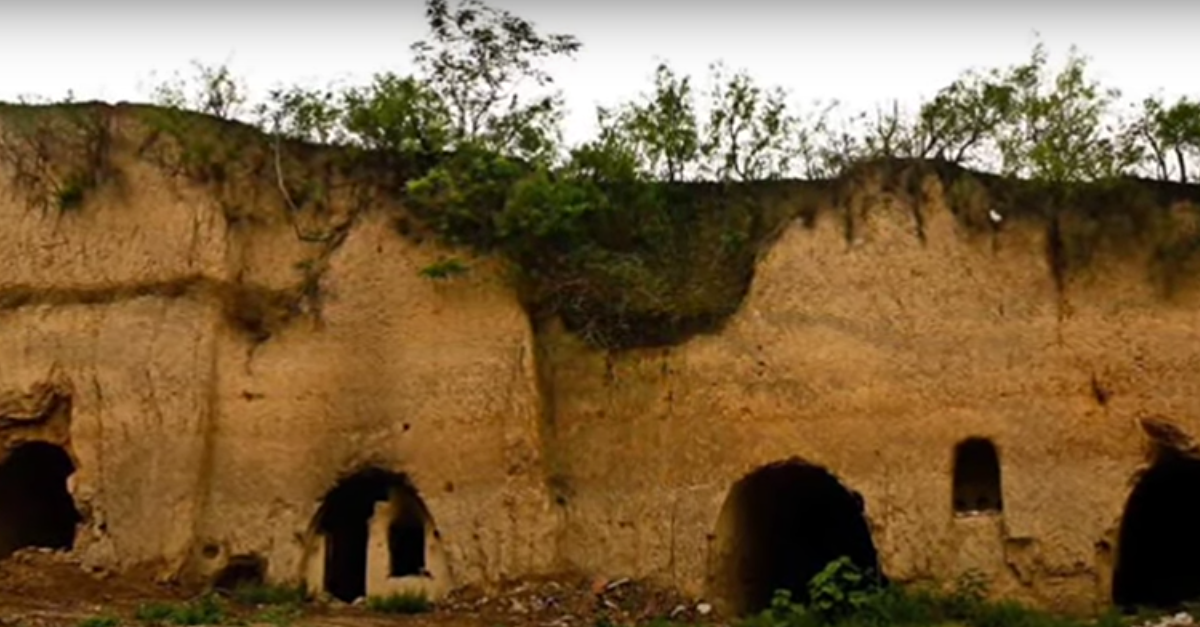
While the Shaanxi earthquake actually lasted only 23 seconds, it caused the deaths of 60% of the population of 97 countries in and around China (830,000 people). Formerly known as the Jianjing Great Earthquake, it’s believed to be the deadliest earthquake in human history, partially due to the landslides and cave collapses it caused.
1911 French Heatwave

At the start of the 20th century, heatwaves struck Europe – specifically France – with disastrous results. It lasted for 70 days, with the temperature remaining over 30 degrees every single day. The heatwave is believed to have caused over 40,000 deaths, but particularly impacted children and babies, seeing the infant mortality rate increase by 20%.
2022 Afghanistan Floods
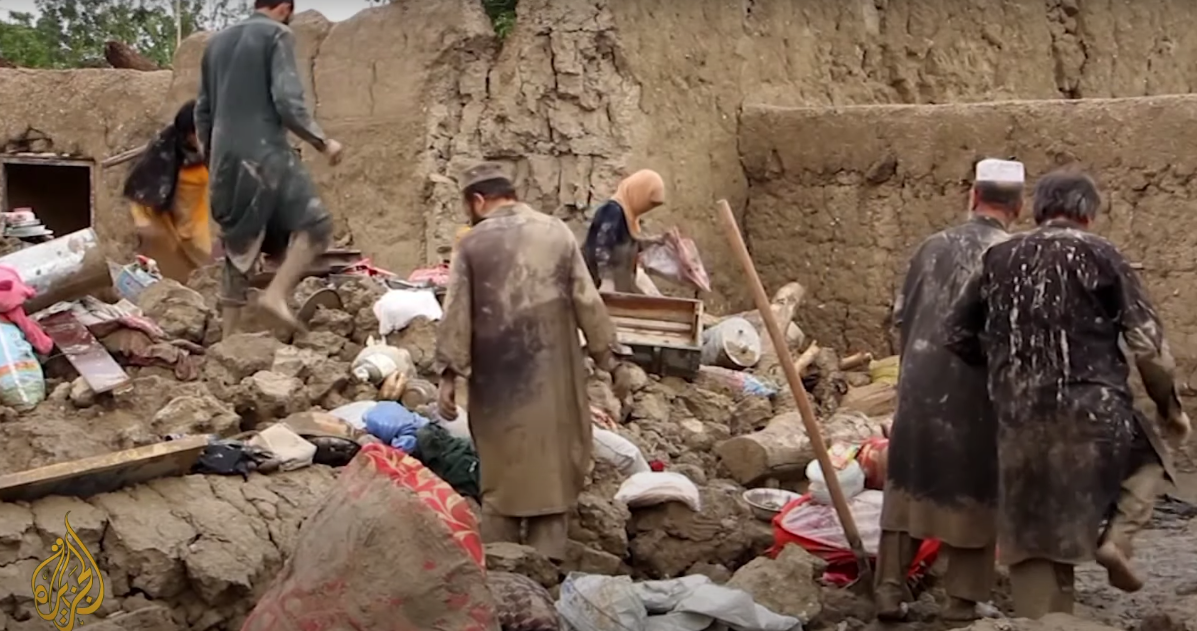
Flash floods hit Afghanistan in May 2022, following a drought and a catastrophic earthquake in the same year. Hundreds died due to the flooding but wider consequences included 600,000 acres being declared unusable impacting agriculture, leading to Taliban officials calling it a “humanitarian crisis”. The flooding has worsened poverty and food insecurity in the area.
2022/2023 East African Droughts
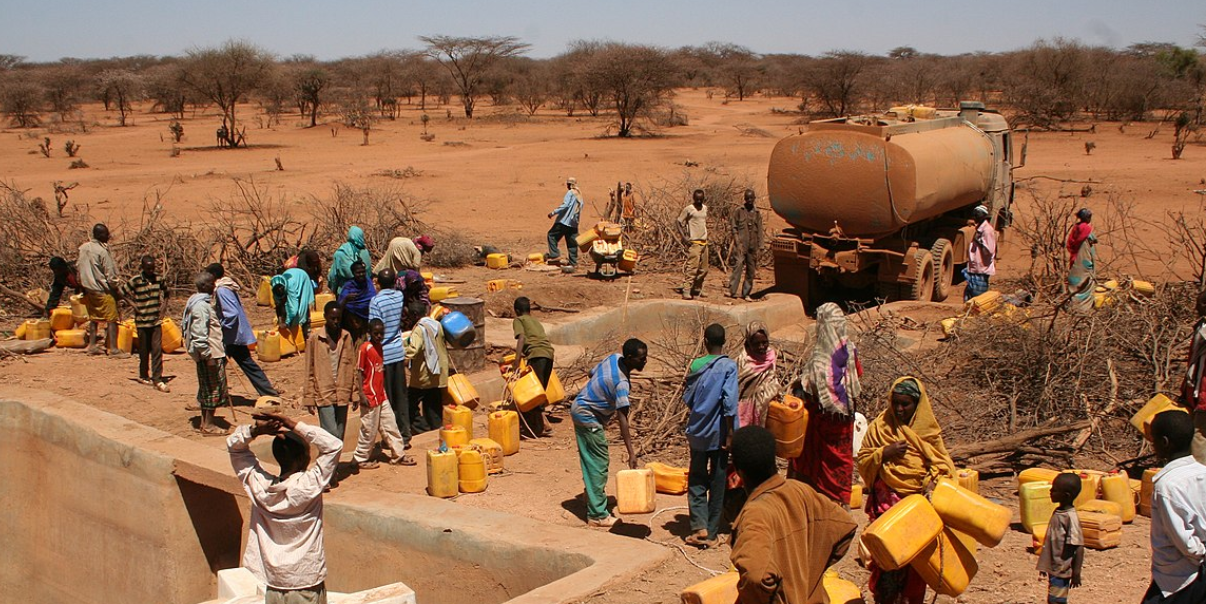
The UN named the East African droughts of 2022 as the worst drought in over 40 years. Impacting largely the Horn of Africa (Somali, Ethiopia, and, Kenya) the drought has caused major food insecurity to continue into 2023 with some estimates claiming that a life was lost due to the droughts every 36 seconds, and caused 1,300,000 to abandon their farms in Somalia.
2022 Brazil Floods
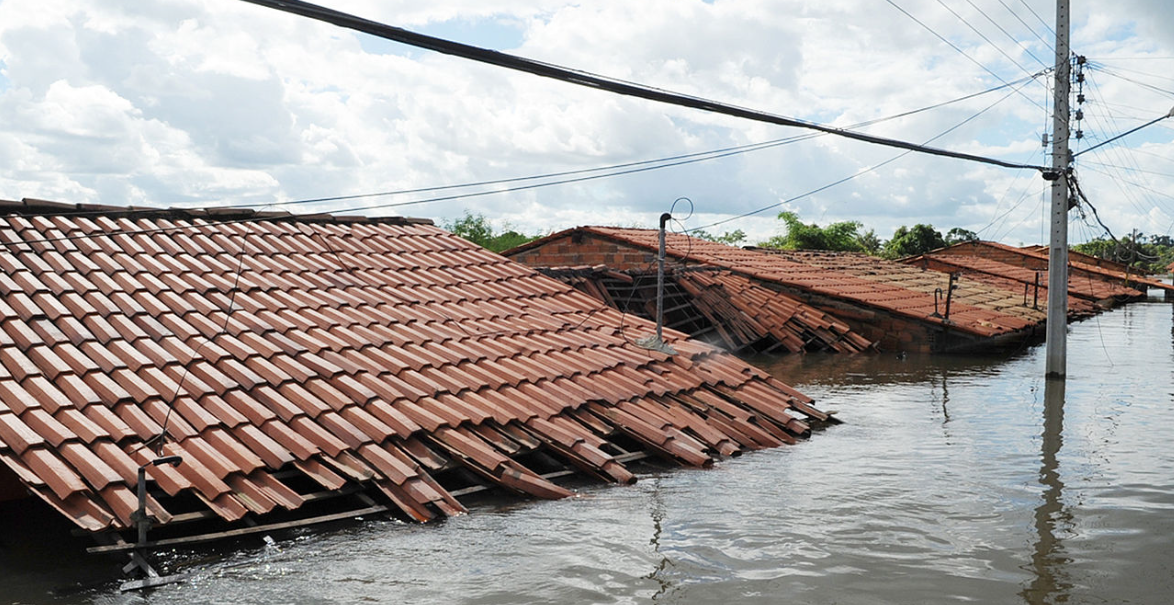
In late November 2022, Petropolis in Brazil was subject to intense rain which caused intense flooding and mudslides. A landslide by the highway near Guaratuba buried 21 vehicles. By December 2nd, more than 7,500 people were affected by the natural disaster. The area is still recovering from the floods but hundreds of lives have been lost.
2022 Tropical Storm Megi
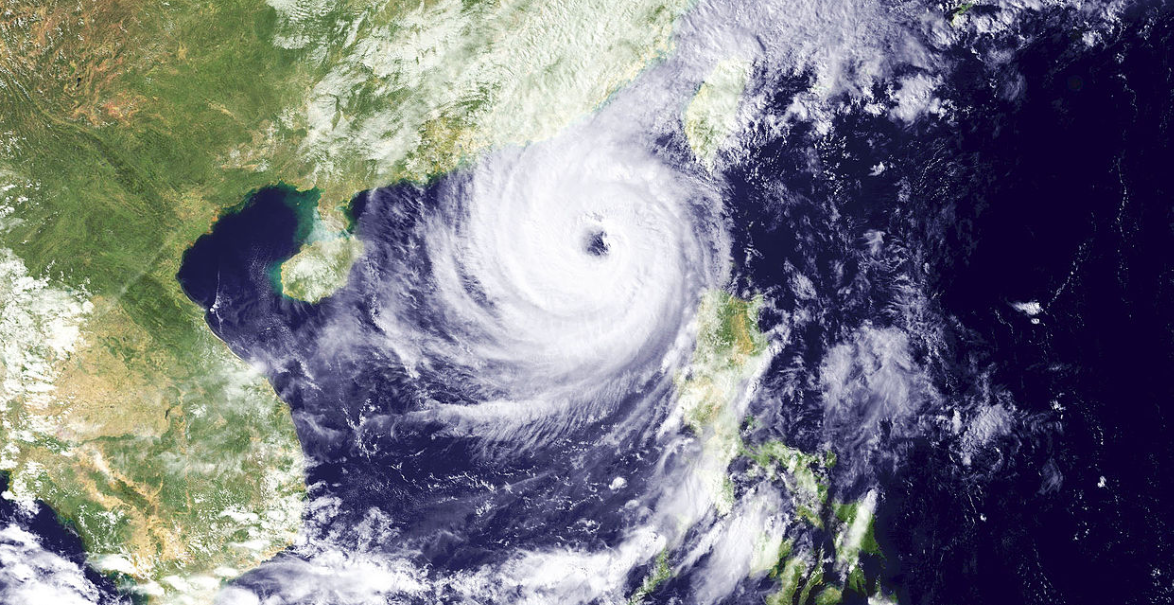
While Tropical Storm Megi was only a category 3 typhoon, it has many deadly consequences, making it an extreme natural disaster. The cyclone stalled in the Leyte Gulf and caused widespread flooding in the Philippines. The national disaster agency has claimed that 1,900,000 have been affected by the typhoon and landslides it caused.
2022 Indonesian Earthquake

Indonesia’s position in the Pacific Ring of Fire (a region on the edge of the Pacific Ocean that is frequently plagued by volcanic eruptions and earthquakes) means that it often experiences tremors. The 5.6 magnitude earthquake in November 2022 resulted in the death of at least 337 people, many of whom were buried in their homes.
2022 Nigerian Floods
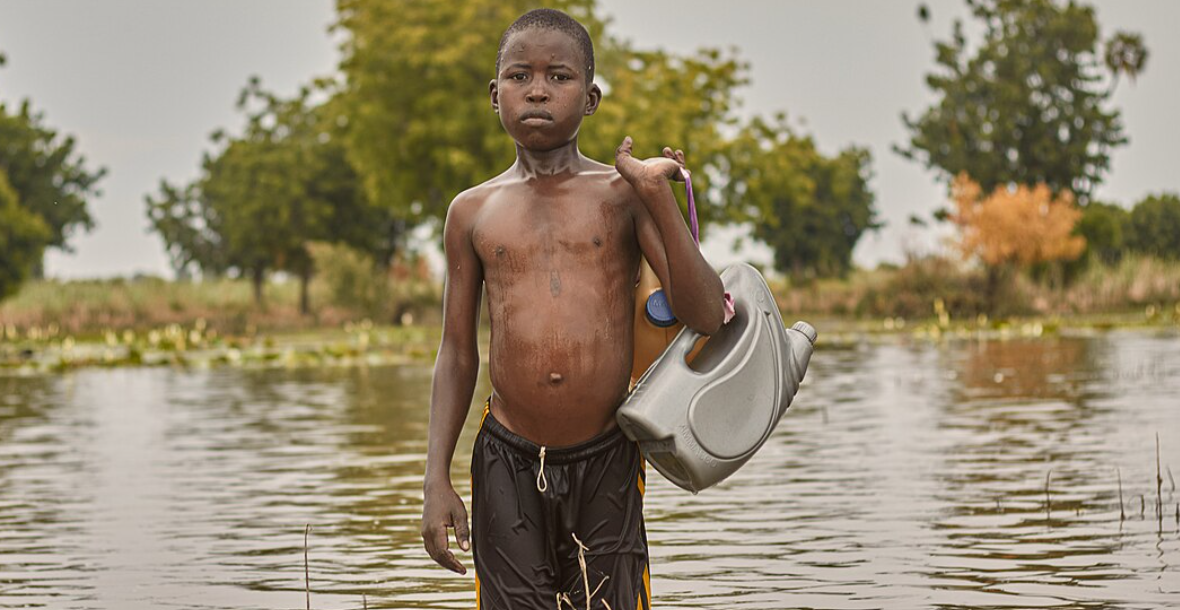
In 2023 a report came out stating that over 2,000,000 had been displaced by the extreme flooding of Nigeria in 2022. While only 662 lives were lost, hundreds of thousands of acres of land were ruined, potentially leading to further implications as the year continues. The rainy season of this flooding was named the deadliest of an entire decade.
1990 Iran Earthquake

The Manjil-Rudbar earthquake was one of the world’s most destructive earthquakes with an estimated death toll of 40,000-50,000. The 7.7 magnitude tremor hit the area by the Caspian Sea just after midnight on June 20th. Entire areas had every building demolished by the event and over 400,000 people were made homeless by the effects of the earthquake.
1915 Avezzano Earthquake
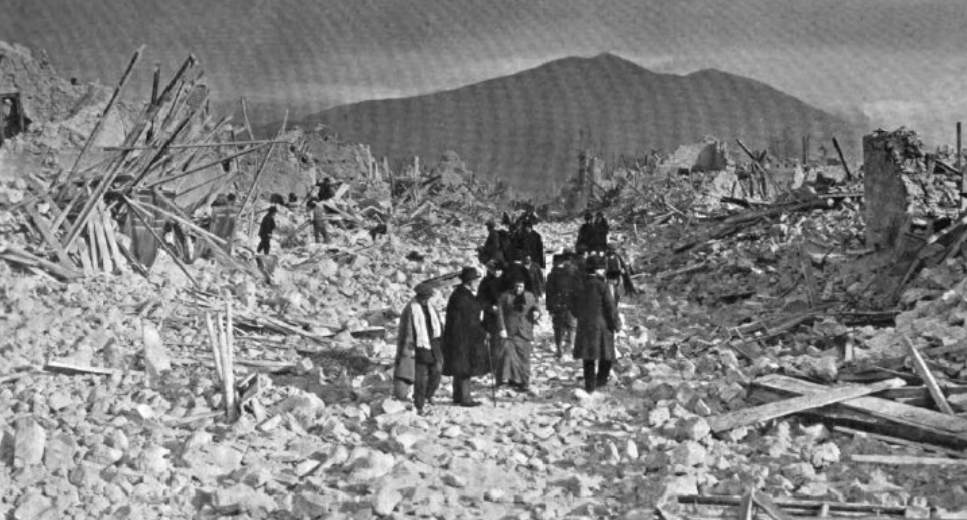
The Avezzano earthquake took place in the province of L’Aquila, Italy on January 13th. Tens of thousands of people lost their lives when the 6.7 magnitude tremor hit, lasting 20 seconds, decimating buildings. In the town of Avezzano alone, 10,000 of the 13,000 populace lost their lives, with 2,000 more being injured in the natural disaster.
1916 White Friday Avalanches
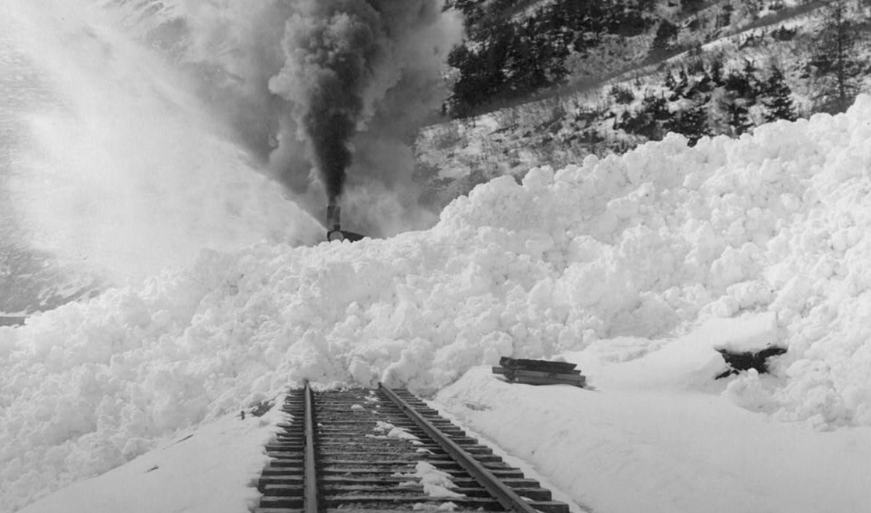
While World War One saw many fatalities, usually from the fighting in the trenches, natural disasters also struck soldiers while at war. Earning the Guinness world record title of the deadliest single avalanche, a sudden burst of snowfall in the Southern Alps of Italy triggered an avalanche that sent 200,000 tonnes of snow onto the men below.
1917 Guatemala Earthquakes
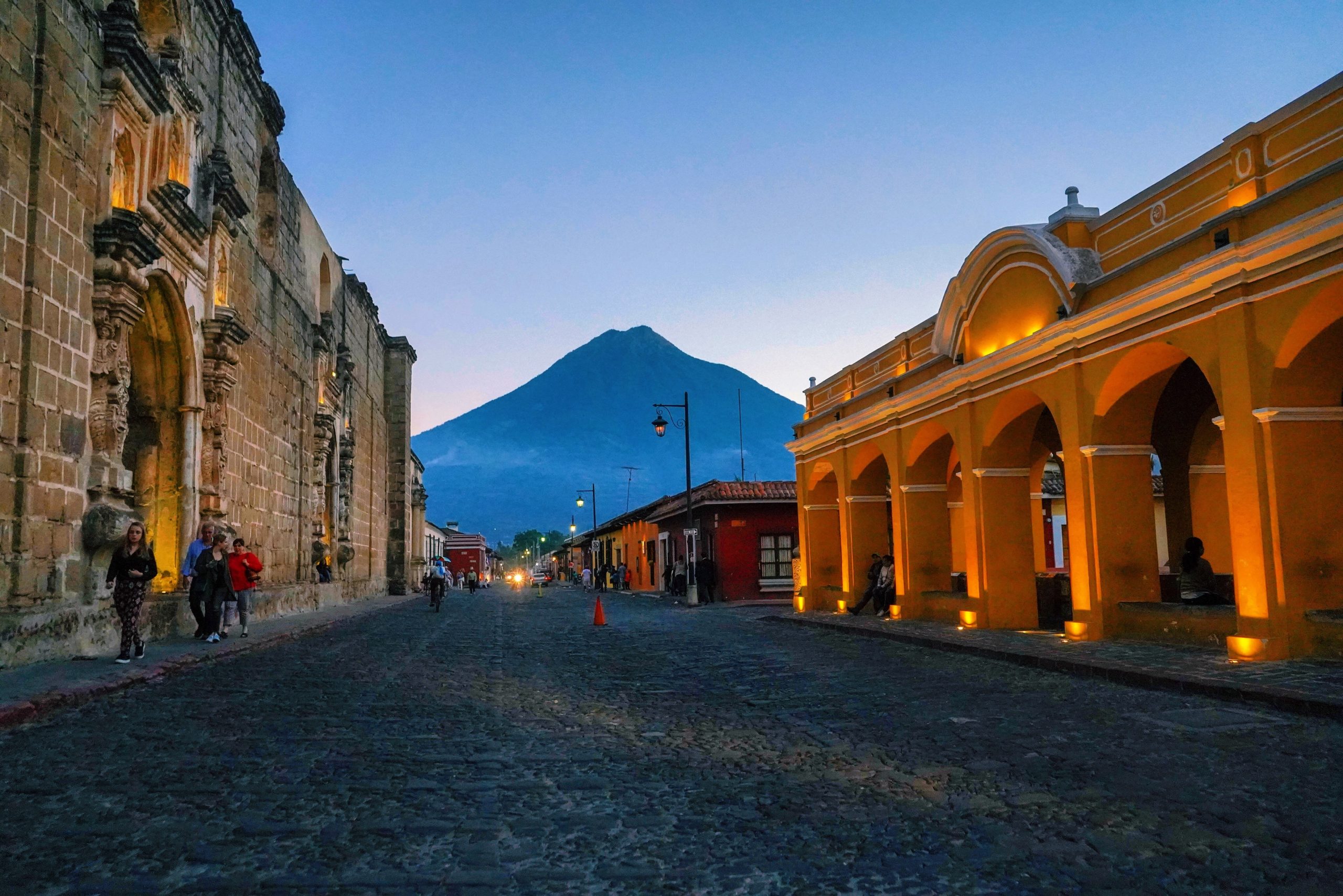
From November 1917 through to January 2018, Guatemala experienced a series of earthquakes that wrought havoc on the capital Guatemala City. The now-largest city in South America was severely damaged, as was the historic site of the previous colonial Spanish city Antigua Guatemala, which had survived the 1773 earthquakes. The swarm of tremors was believed to be caused by magma shifting under the earth.
1920 Haiyuan Earthquake
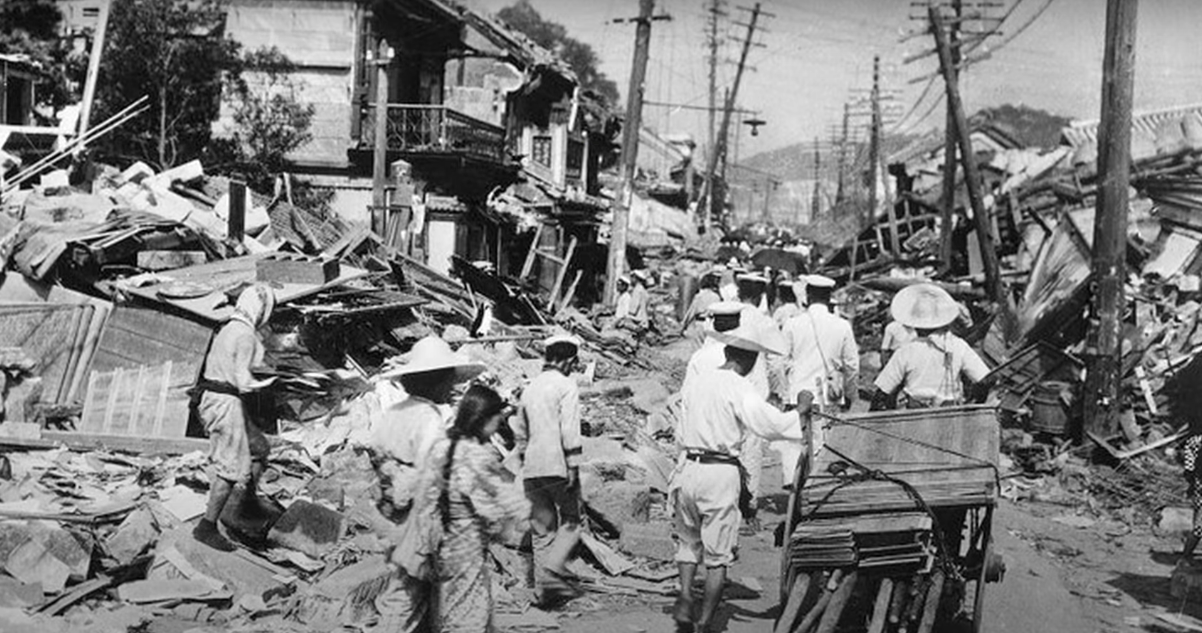
One of the most lethal natural disasters in the history of China (and indeed, the world) was the 1920 Haiyan earthquake. It hit the Gansu province and alongside causing multiple landslides, aftershocks took place for three years after the initial quake. Estimates put the death toll at 258,707 – 273,407, with many of these deaths attributed to the temporary shelters created in response.
1922 Shantou Typhoon
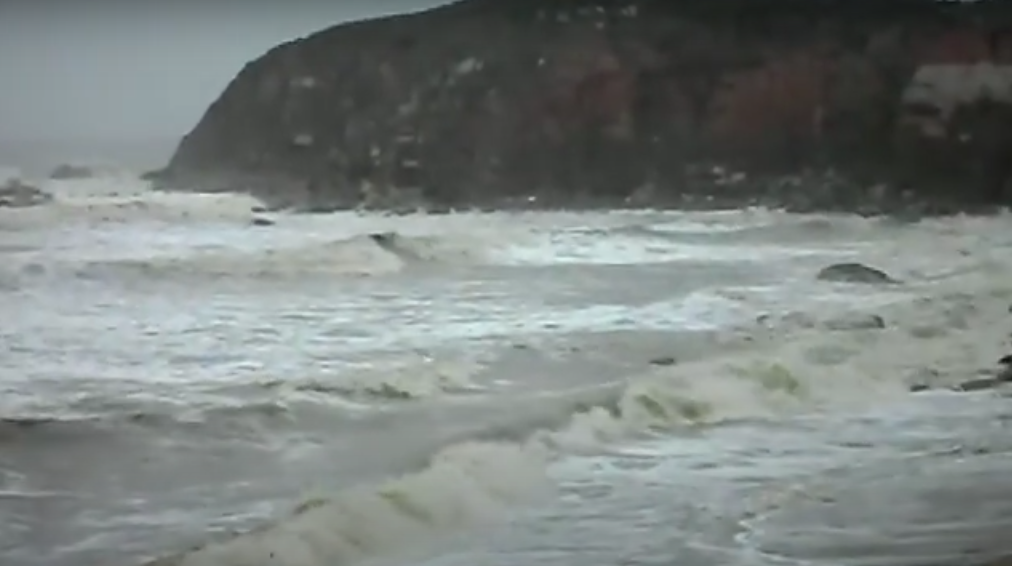
The 1922 Shantou typhoon is known as one of the deadliest in human history. The storm passed by the Philippines with little to note but once it hit Shantou, China it turned deadly with 50,000 out of 65,000 inhabitants of the small town of Swatow losing their lives to the Typhoon. Another 10,000 deaths have been attributed to this extreme natural disaster.
1925 Dali Earthquake
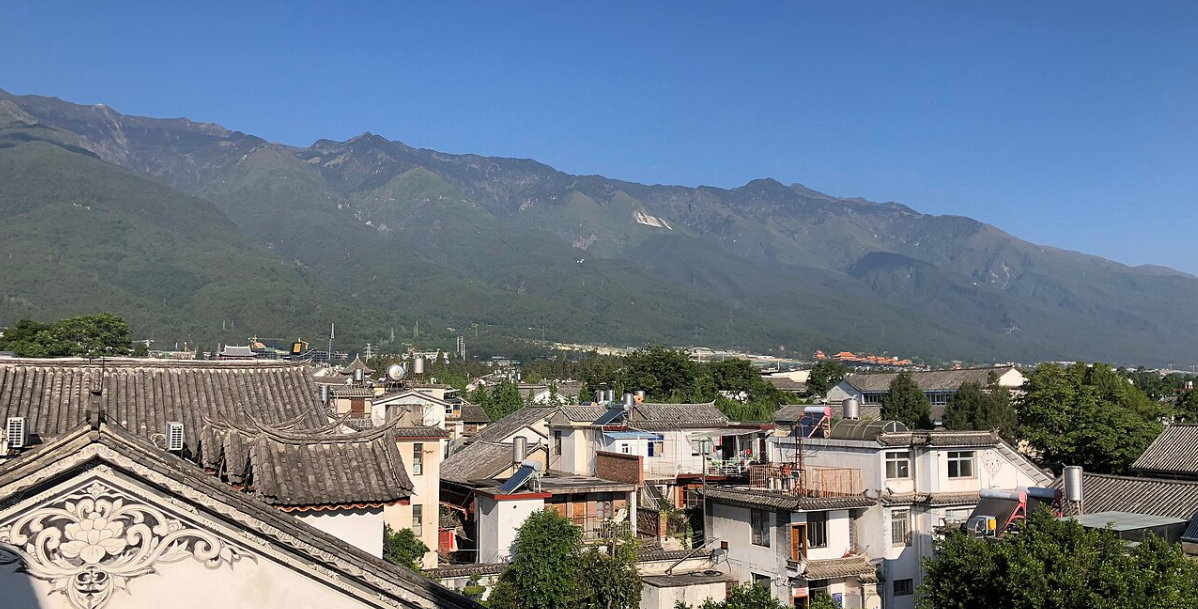
The city of Dali can be found in the Yunnan province of China and is a historic site that’s often a tourist destination now. But nearly a century ago a disastrous natural event hit the city and almost totally destroyed it. Over 76,000 houses collapsed after an earthquake hit the area, leading to the deaths of 3,600 and leaving 7,200 people injured.
1927 Gulang Earthquake
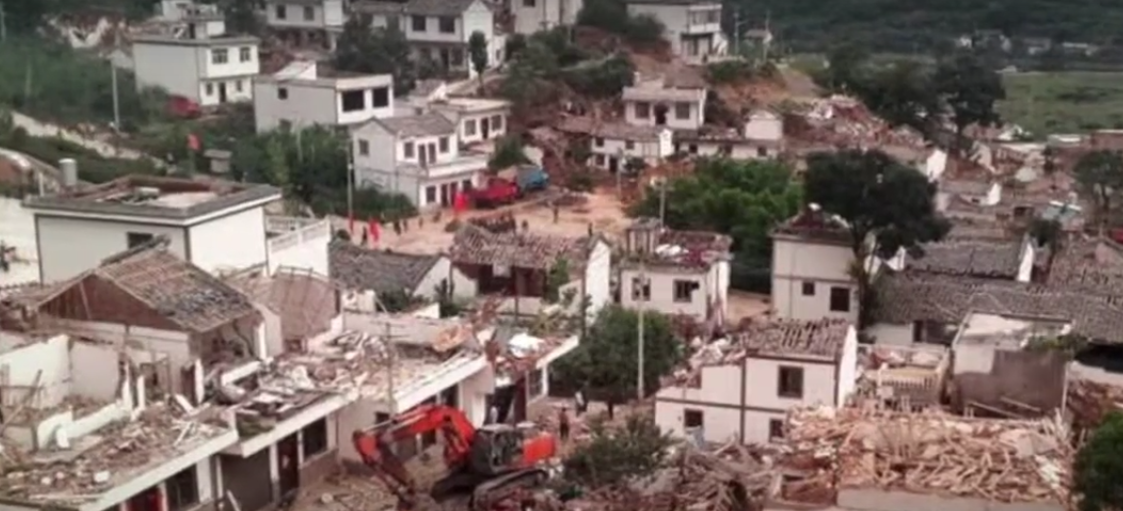
In the 20s, China saw many impactful events, especially politically as they were in the midst of a civil war which eventually ended with the Communists in power of the country. However, while this was happening an earthquake hit the Gansu-Qinghai border region and entirely buried the town of Gulang killing 90% of its inhabitants.
1930 San Zenon Hurricane

The city of Santo Domingo in the Dominican Republic was badly hit by a category-four hurricane in 1930. Winds of up to 150mph hit the area, leading to the deaths of between 2,000 – 8,000 people, although reports vary. The natural event has been referred to as both the strongest hurricane on record to strike the country and one of the most deadly.
1939 Erzincan Earthquake
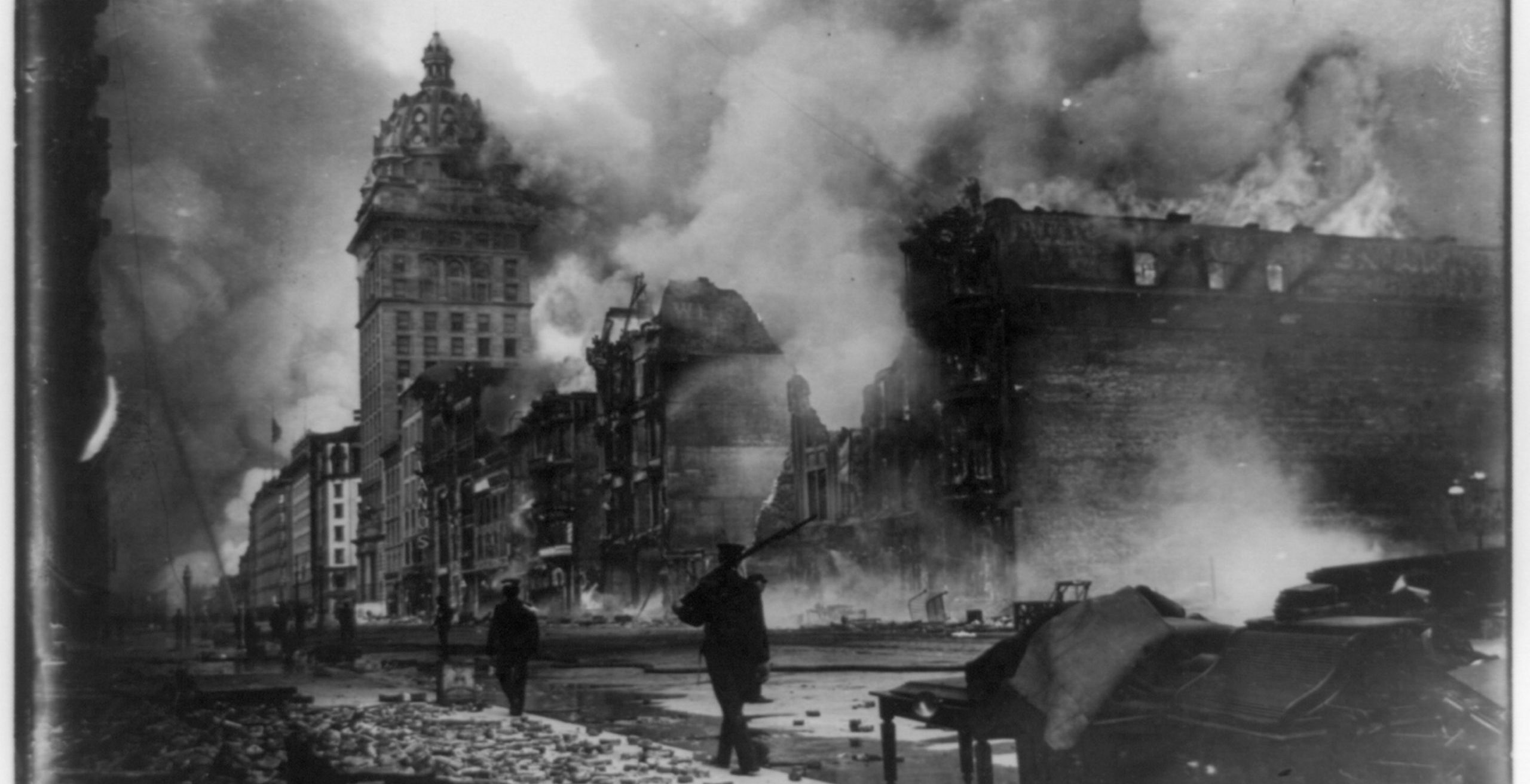
While reporting on the recent 2022 earthquake hitting Turkey and Syria, many have mentioned the 1939 Erizan earthquake. Although not as deadly as the recent event, over 30,000 people were thought to have died when an earthquake of 7.8 magnitude hit the Eastern province of Turkey, causing a tsunami, adding to the destruction.
1630-1632 Deccan Famine
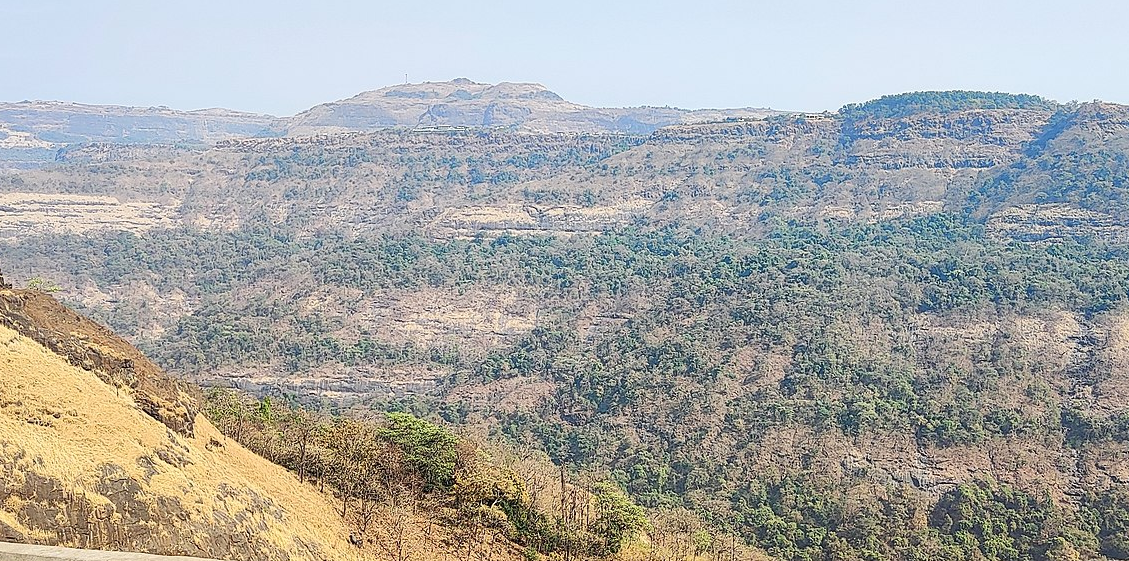
The Deccan famine was the worst of the entire Mughal Empire, caused by a series of consecutive crop failures after a severe drought struck the area, which was followed by a devastating flood and a swarm of locusts. Three million people died in the region of Gujarat alone with an estimation of total death toll of over seven million due to the famine.
1212 North Sea Flood
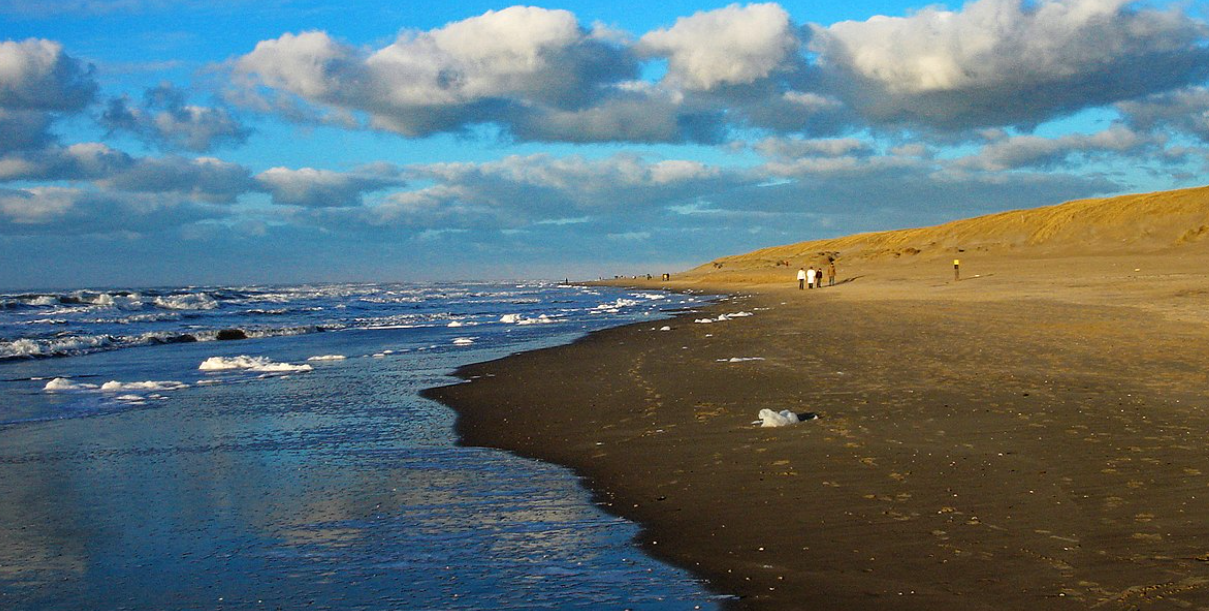
While many extreme natural disasters take place in areas of fault lines and extreme weather, parts of Europe have been devastated over the years as well including the Netherlands which suffered greatly during the 1212 North Sea flood. 60,000 have said to have died due to this event and it’s said to be the deadliest flood on record.
1988-1990 North American Drought

The drought of the early 1900s that caused the dust bowl and is symbolic of the Great Depression may be the first people think of regarding American natural disasters. However, the 1988 North American drought (caused largely by low rainfall) was potentially more devastating, causing $60 billion in damages for the states and lasting two full years.
1490 Ch’ing Yang Event
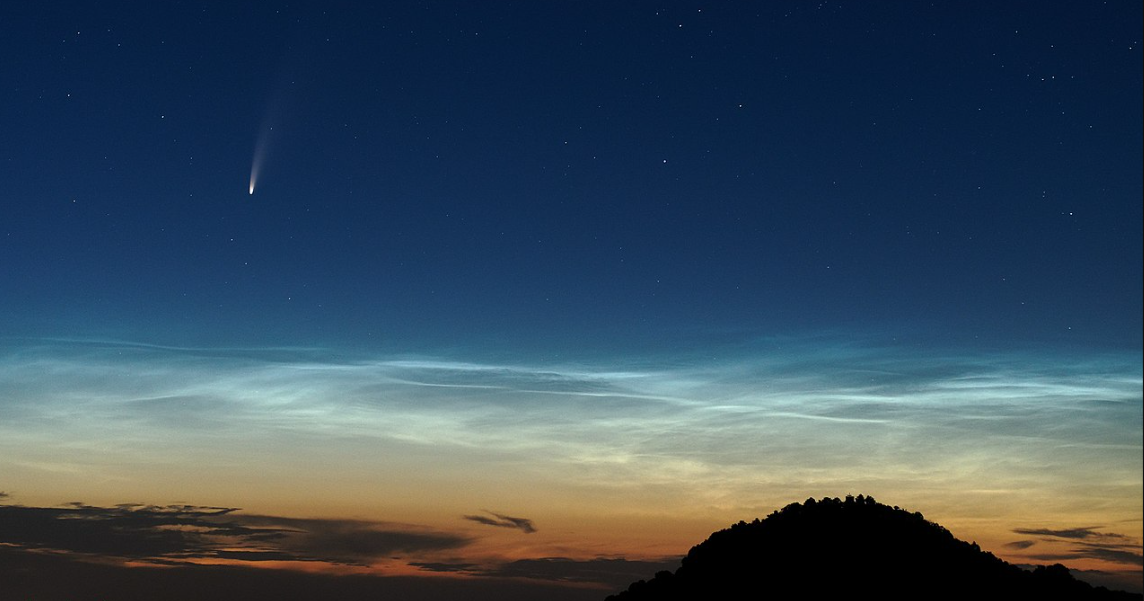
We don’t often consider the disastrous effects of meteor showers, but the Chi’Yang event of 1490 reminds us that natural disasters can originate outside of Earth’s orbit. Records of the time reveal that thousands of stones of various sizes fell from the sky, killing tens of thousands. Astronomers believe this may have been able to be traced to comet C / 1490 Y1.
1600 BCE Minoan Eruption
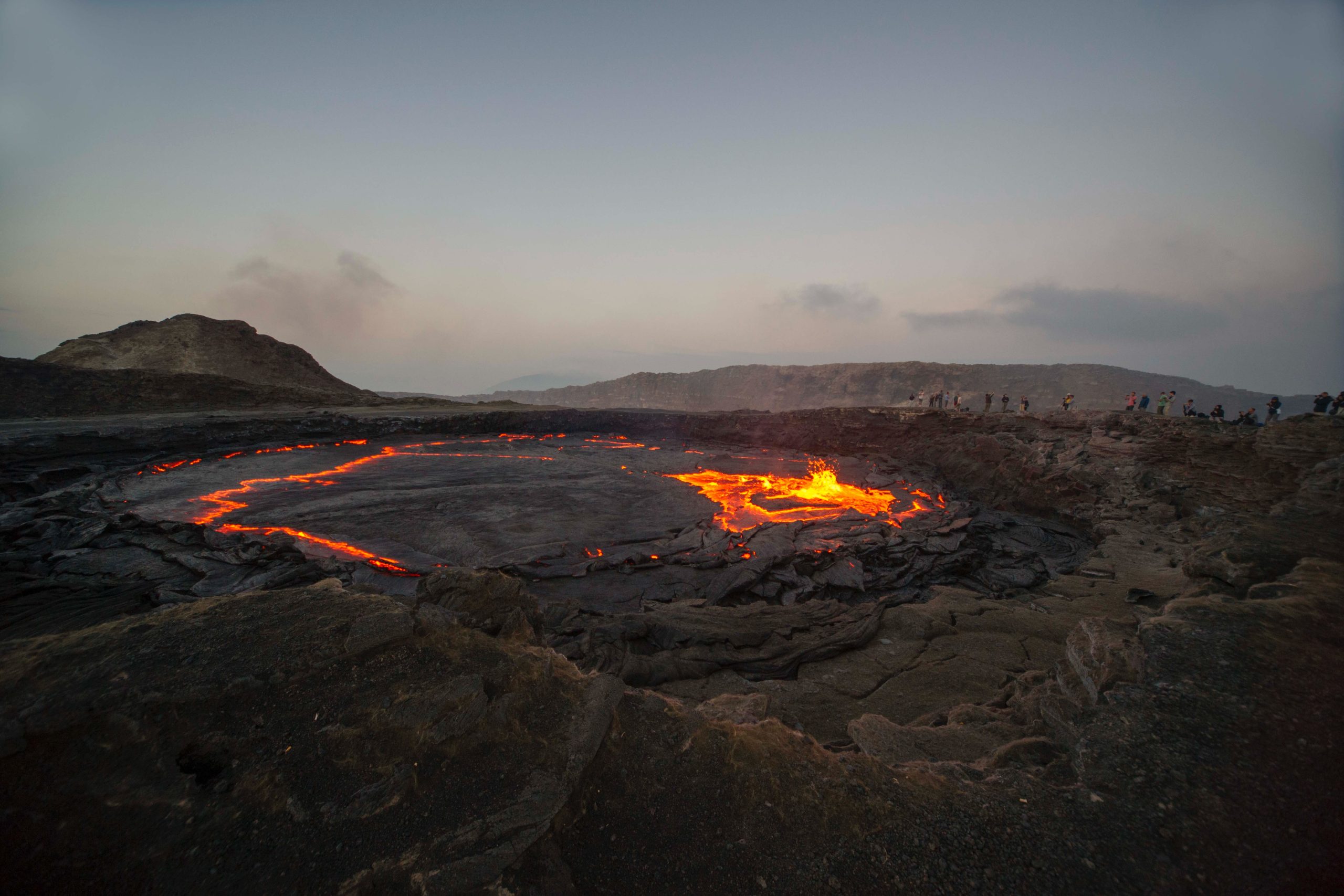
Around 1600 BCE, the Greek island of Santorini experienced an extreme natural disaster in the shape of a huge volcanic eruption. Excavations have found housing and even ceramics underneath the pumice layer of towns in the area but it’s believed that all life on and around the island was extinguished by the massive eruption that remains unique in human history.
Nevado Del Ruiz Eruption
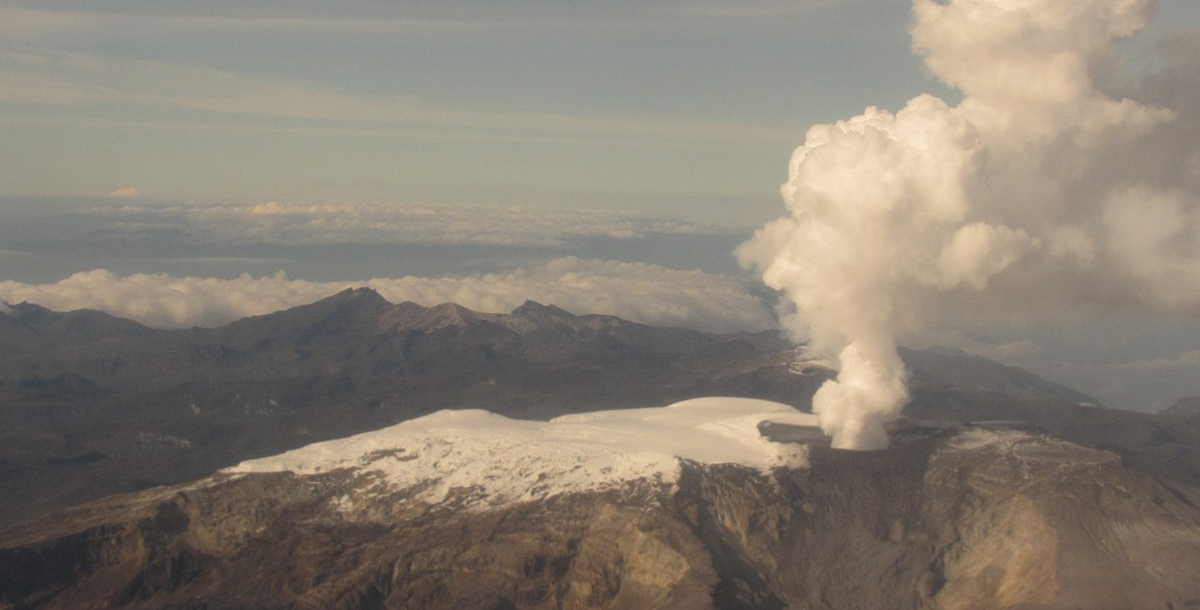
The volcano of Nevado Del Ruiz is responsible for South America’s most deadly volcanic eruption ever, which took place just four decades ago. In 1985 the volcano erupted, killing over 25,000 people in Armero (a town with only 30,000 inhabitants, leaving just 5,000 alive, and many with injuries) with intense relief efforts launched following reports of the eruption.